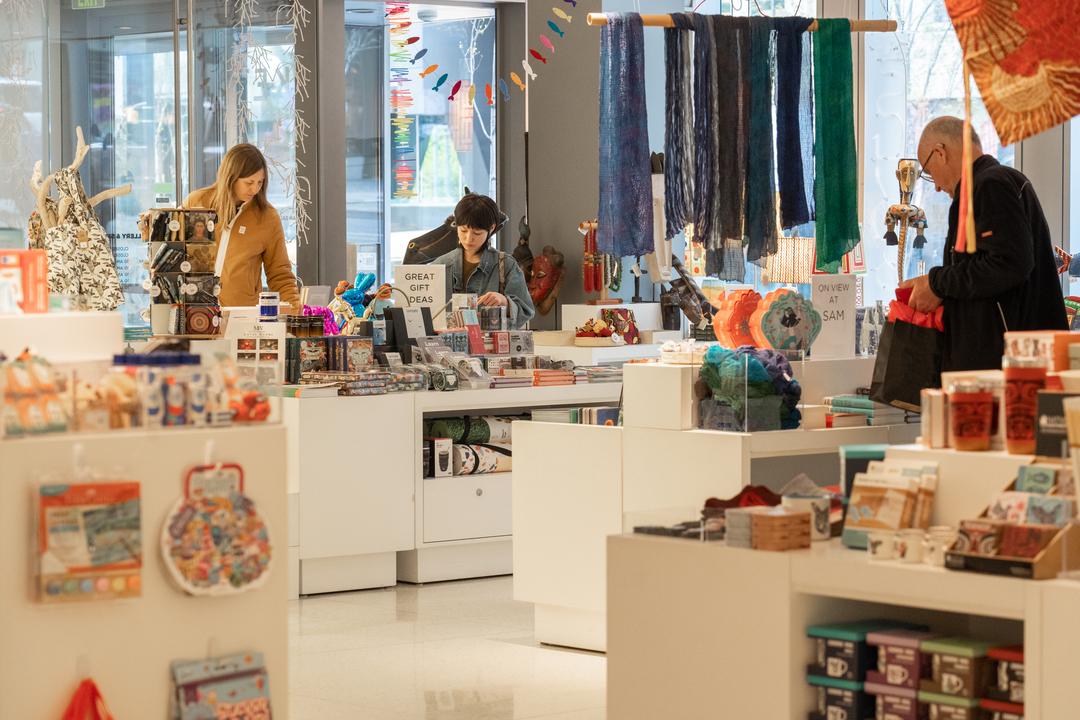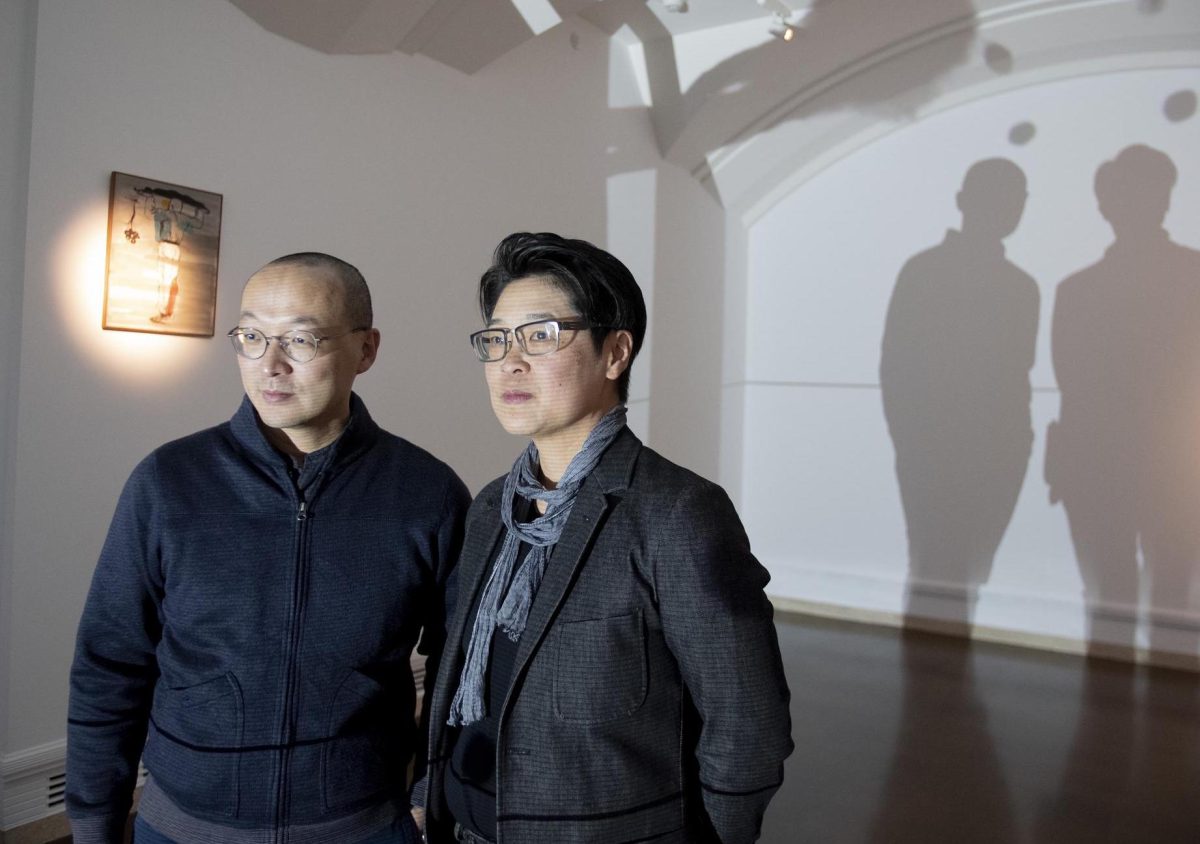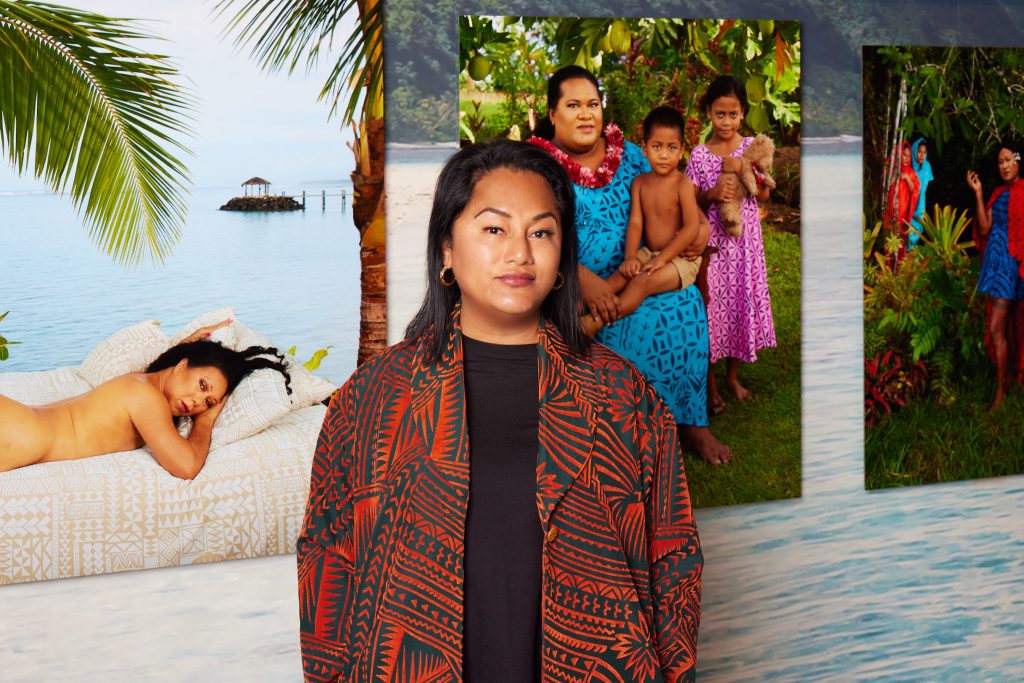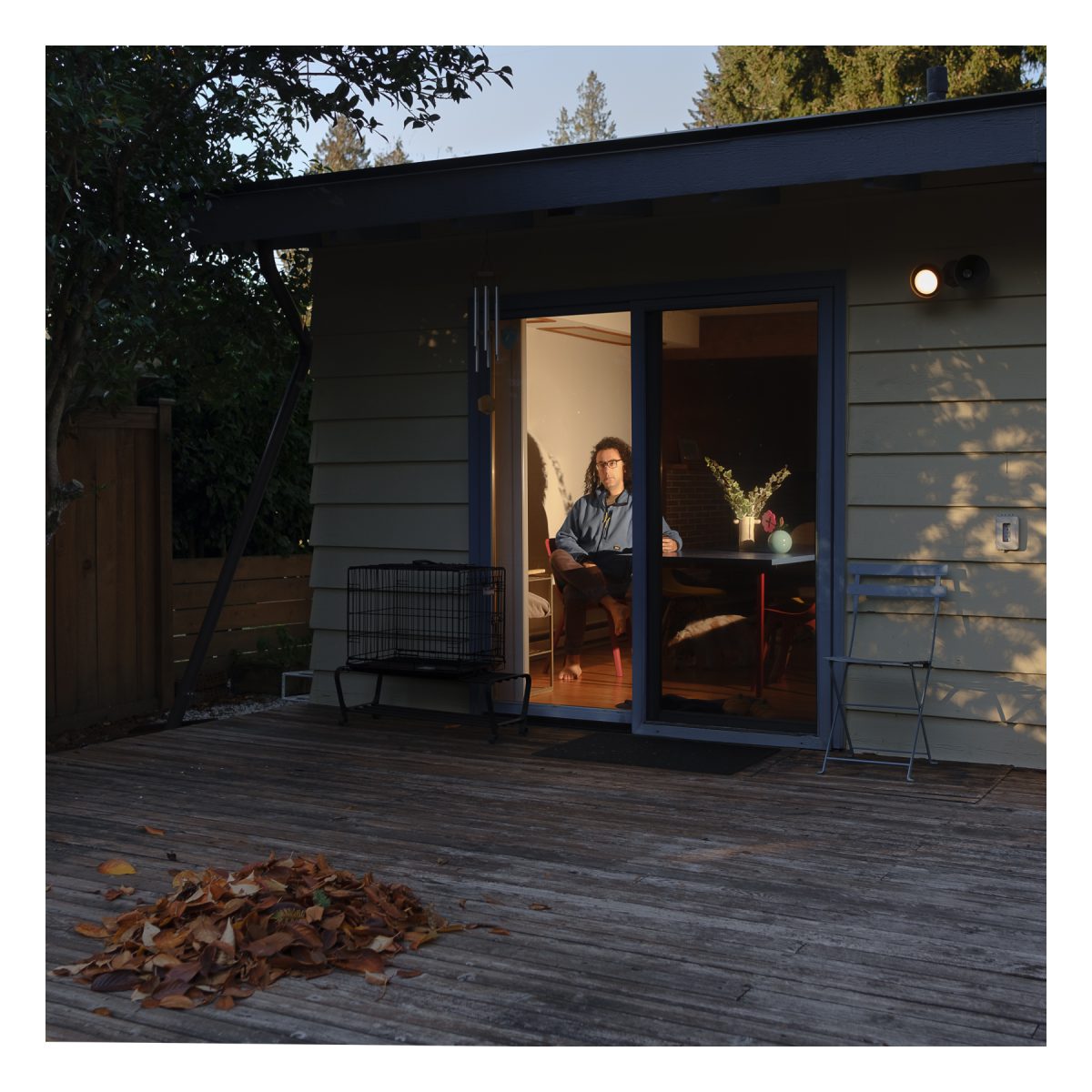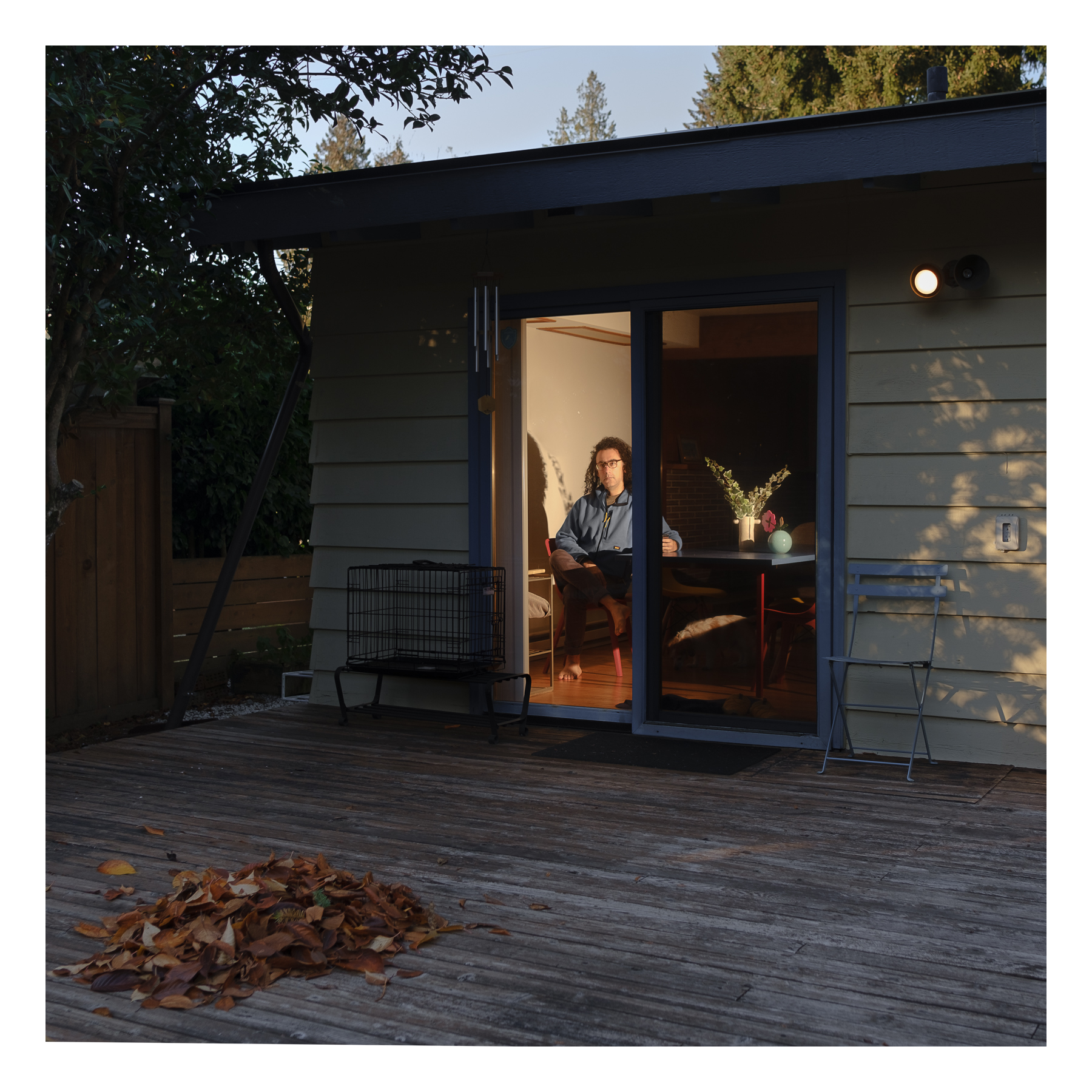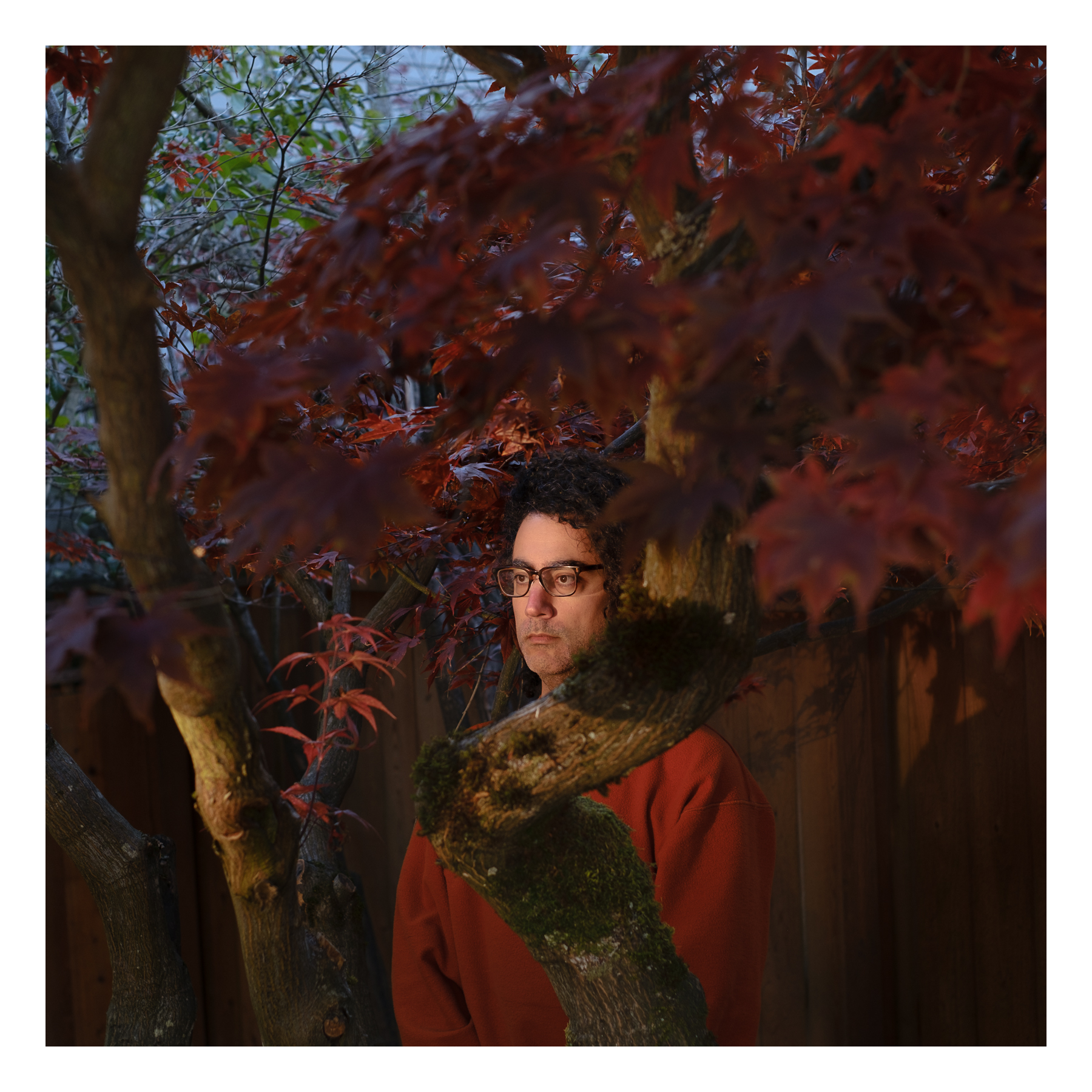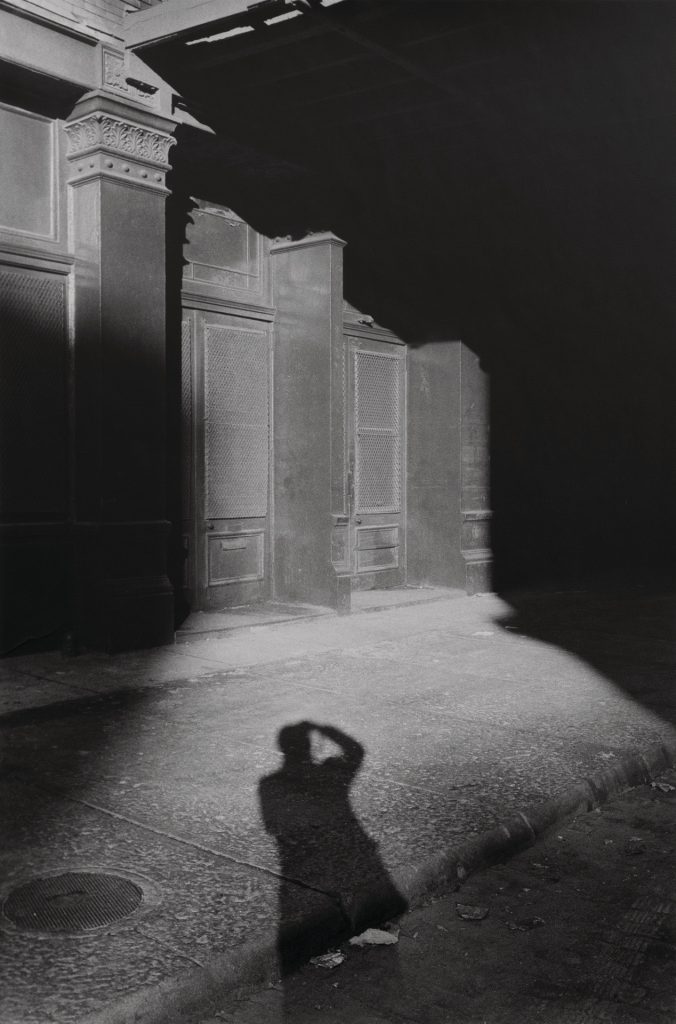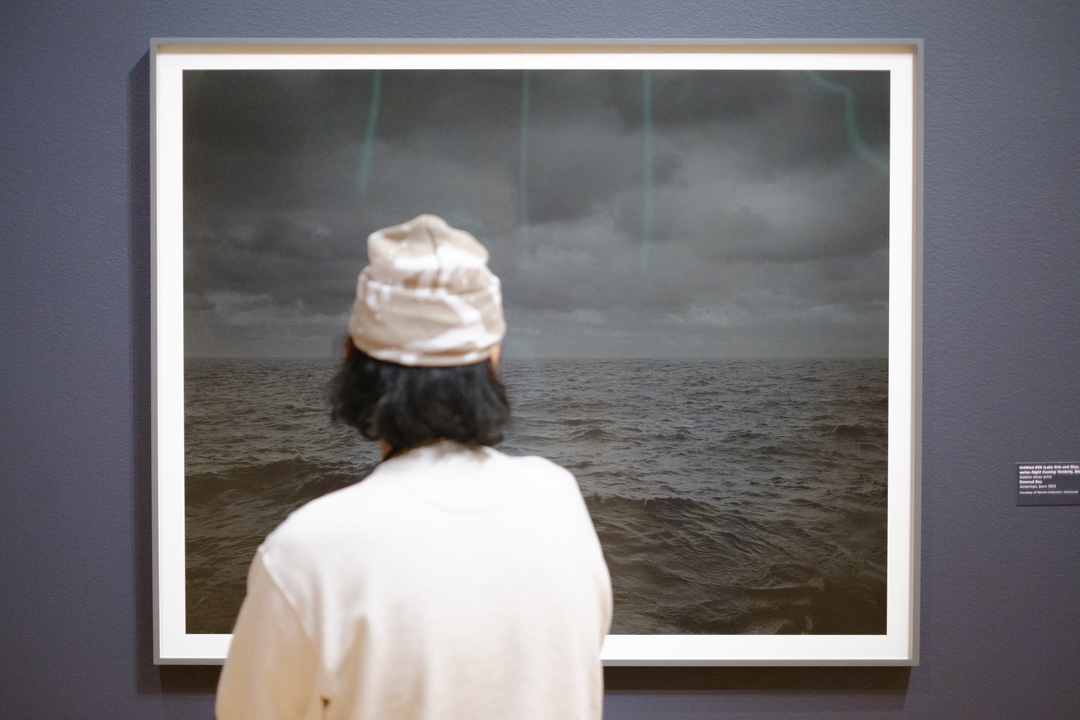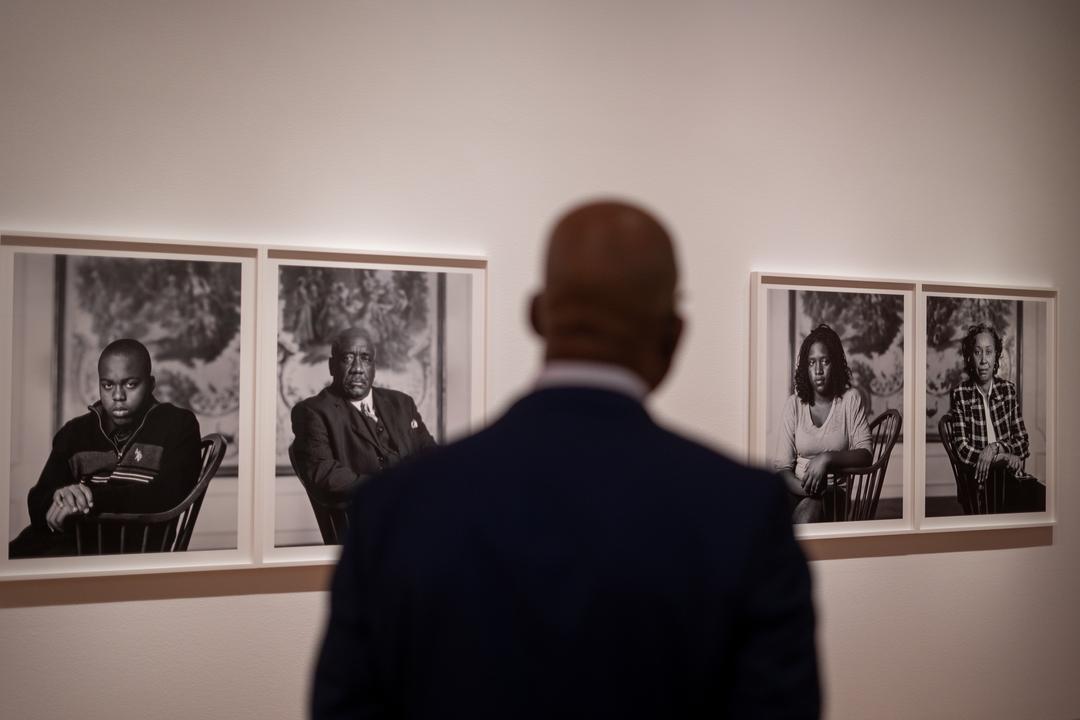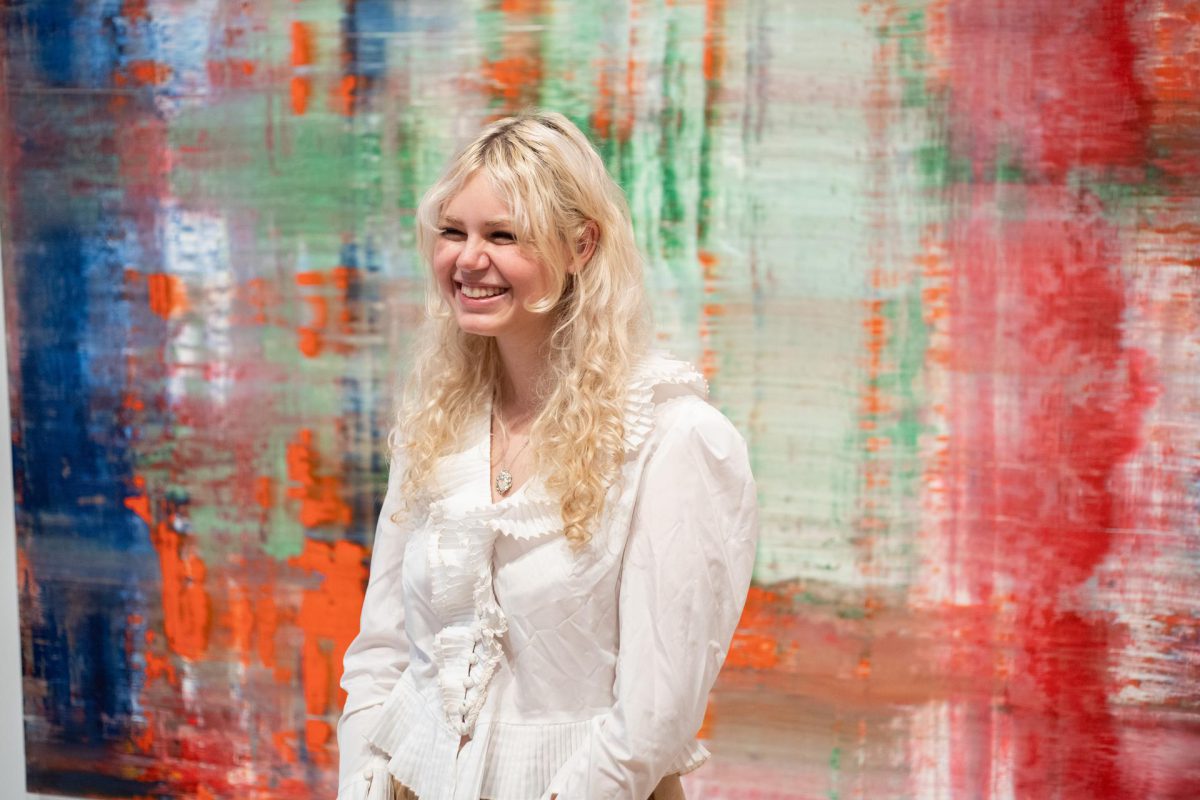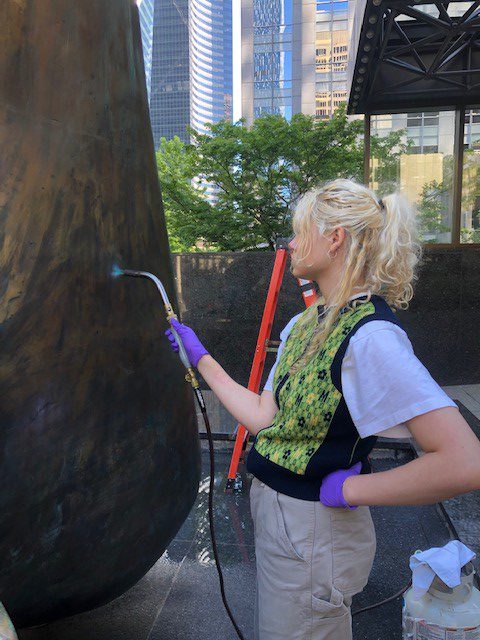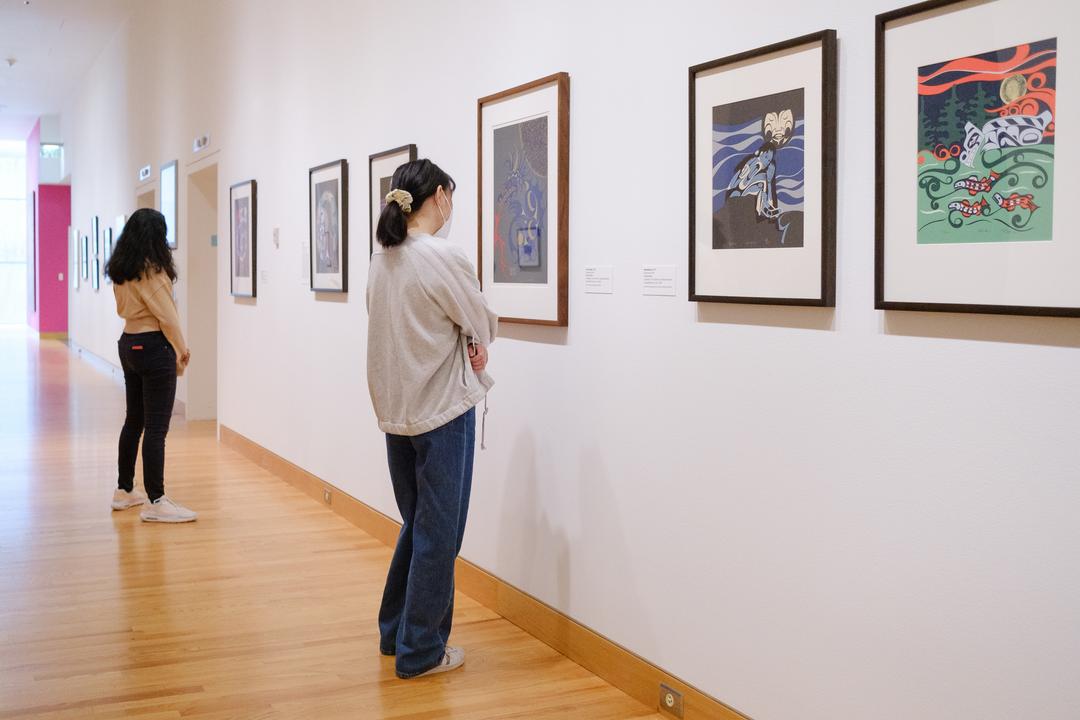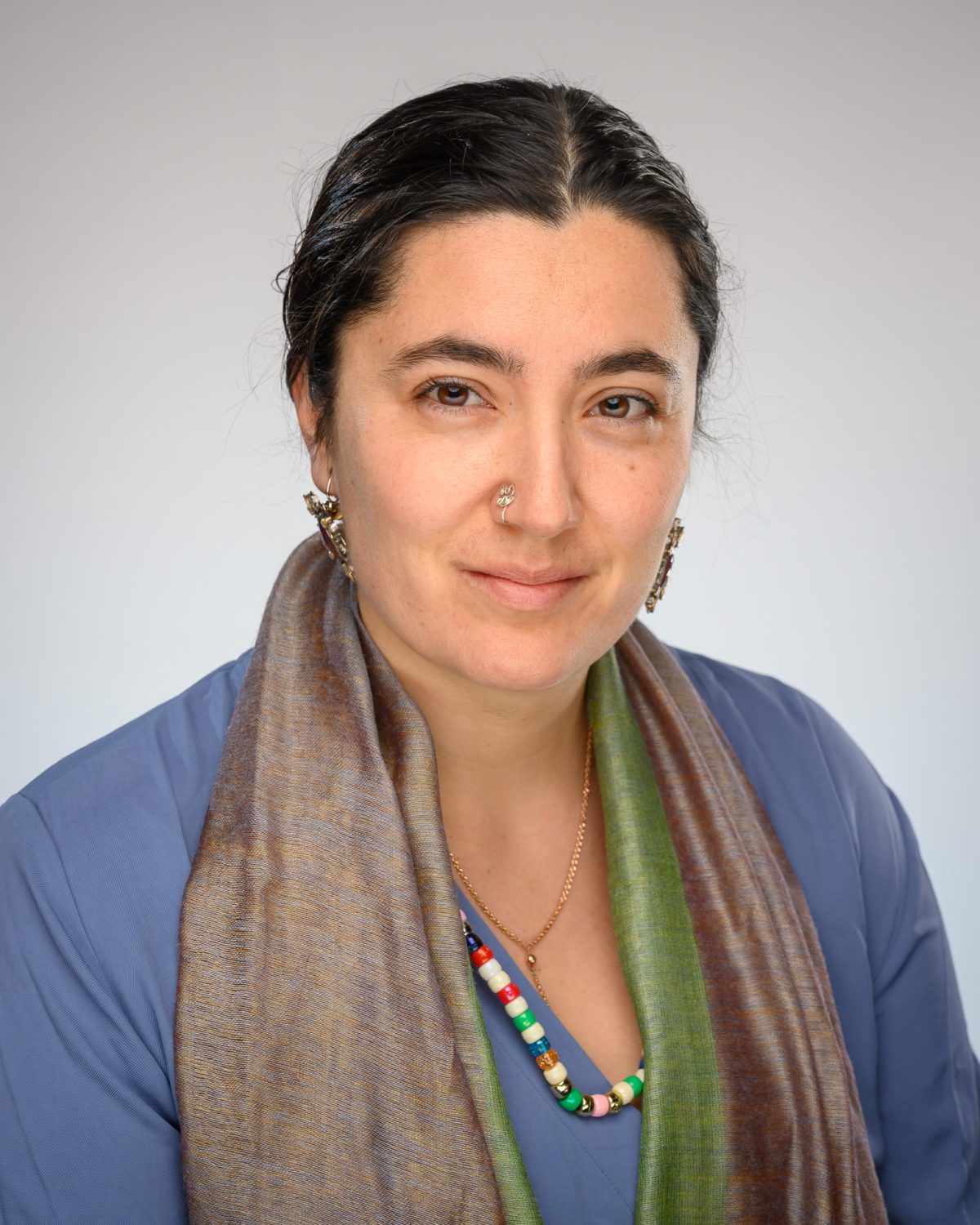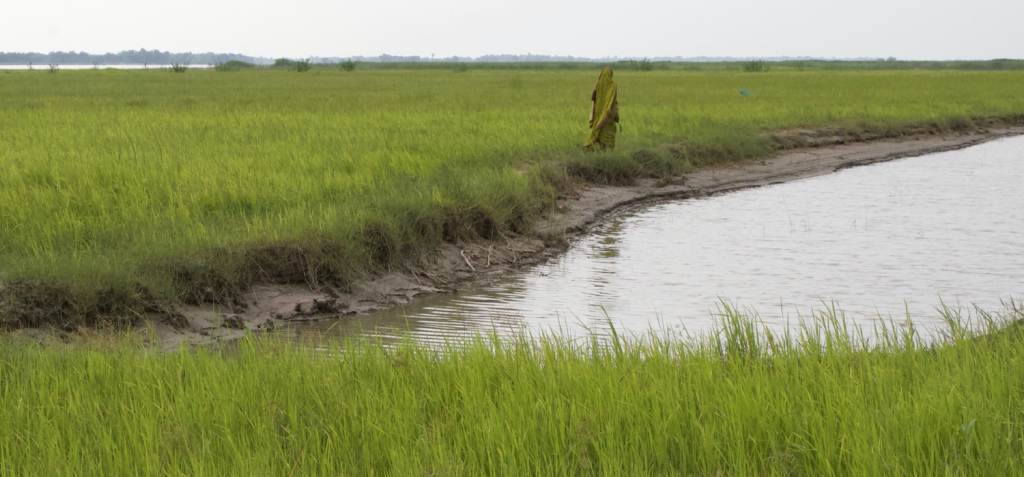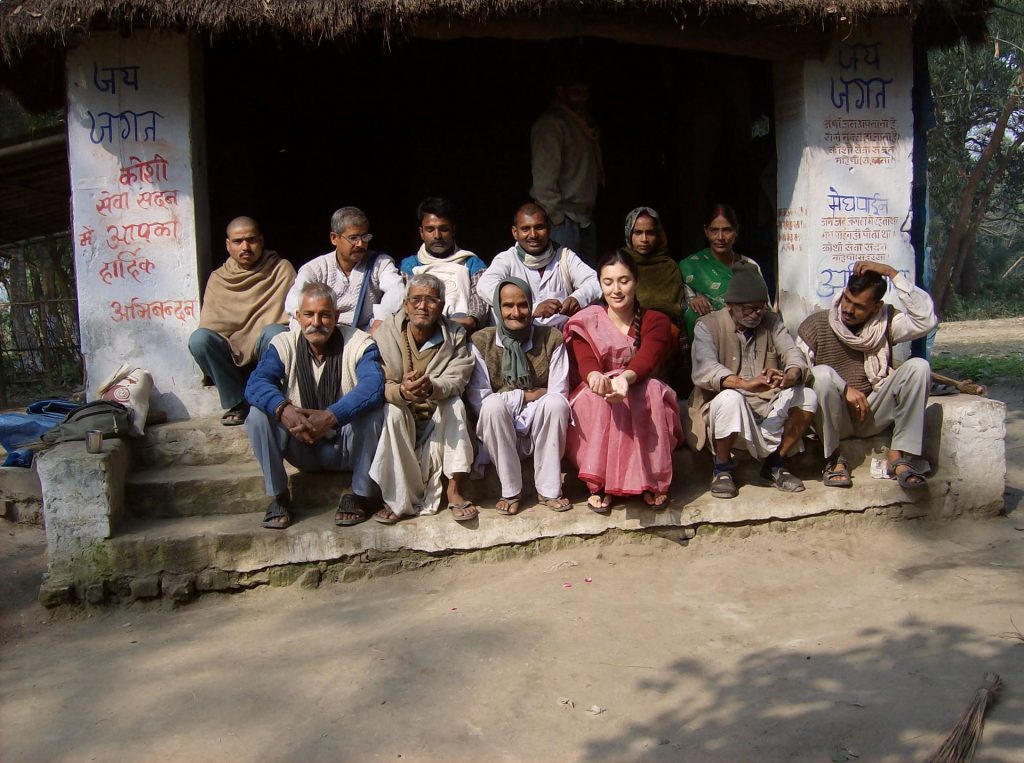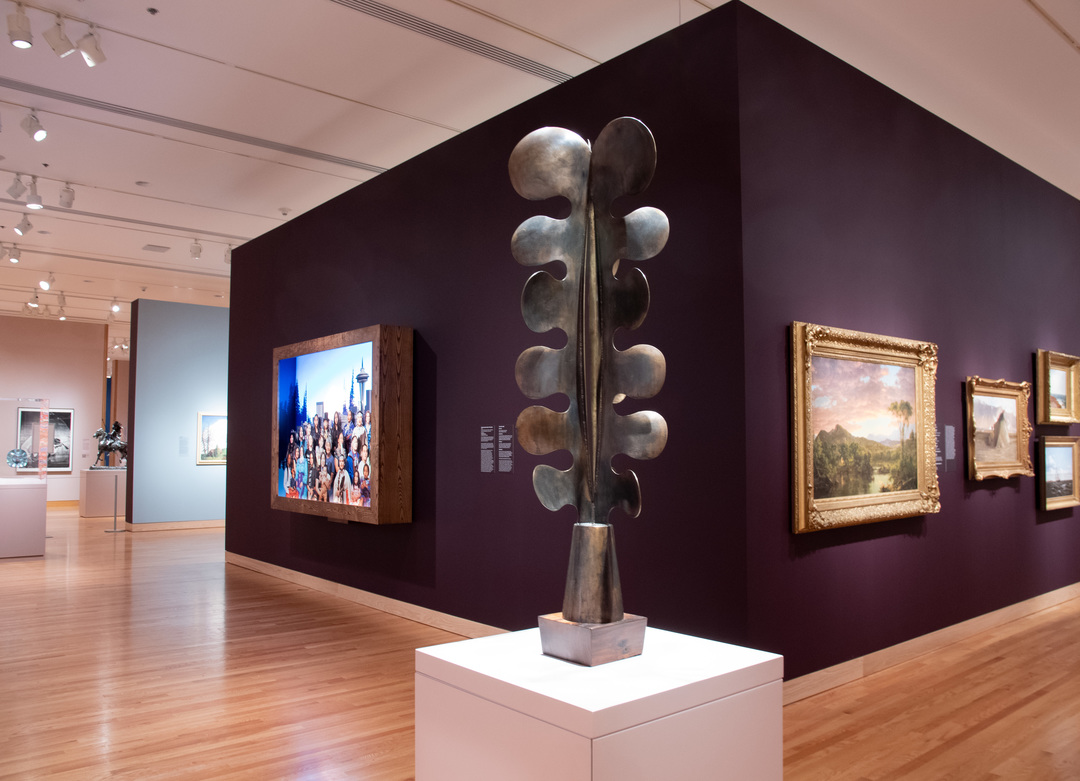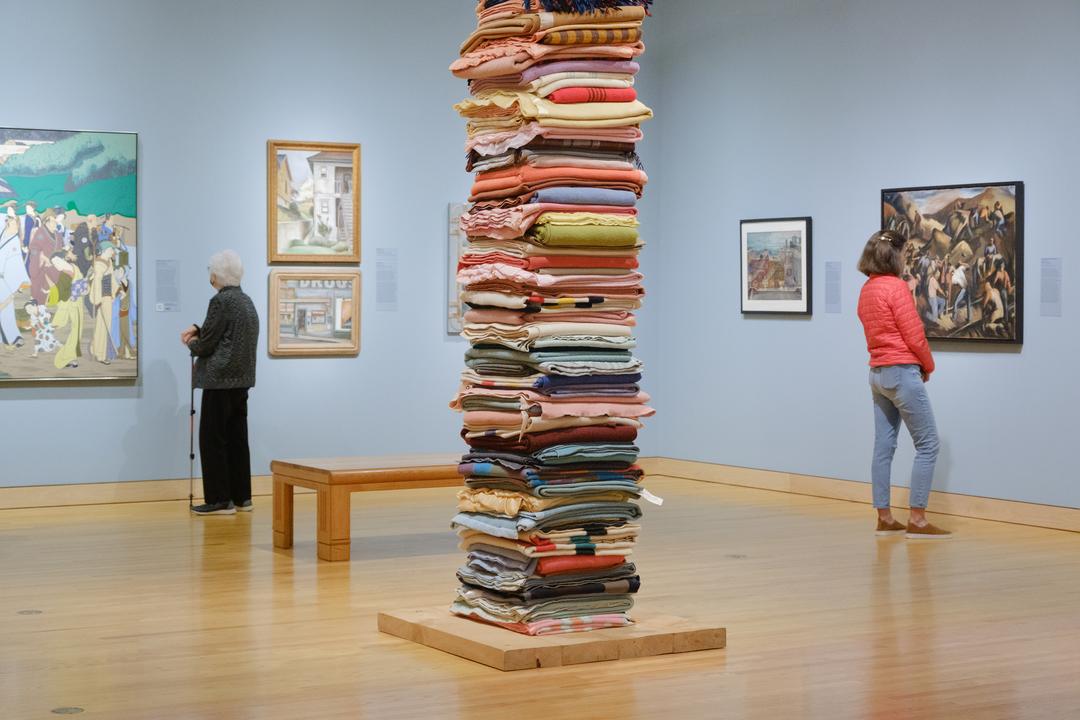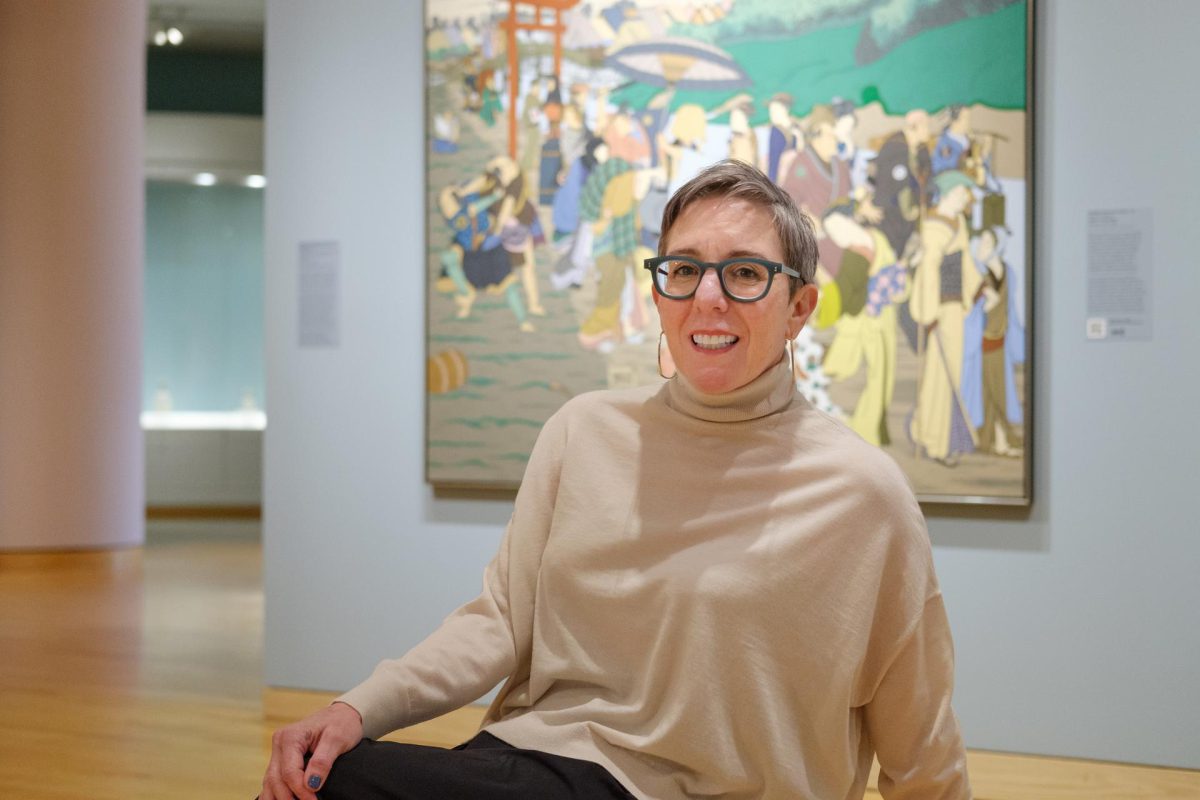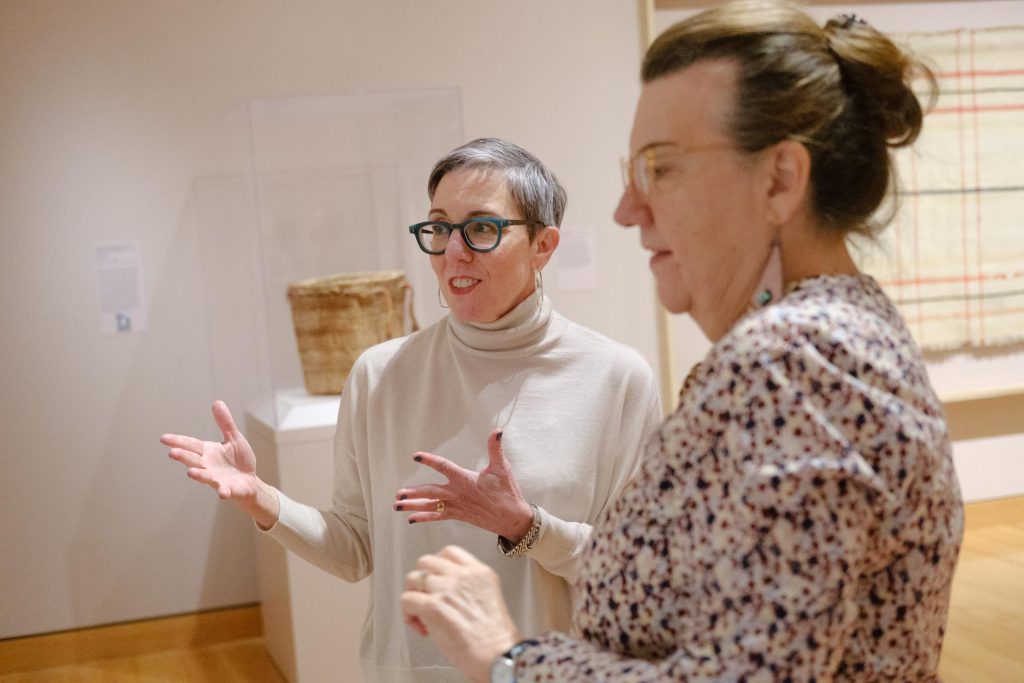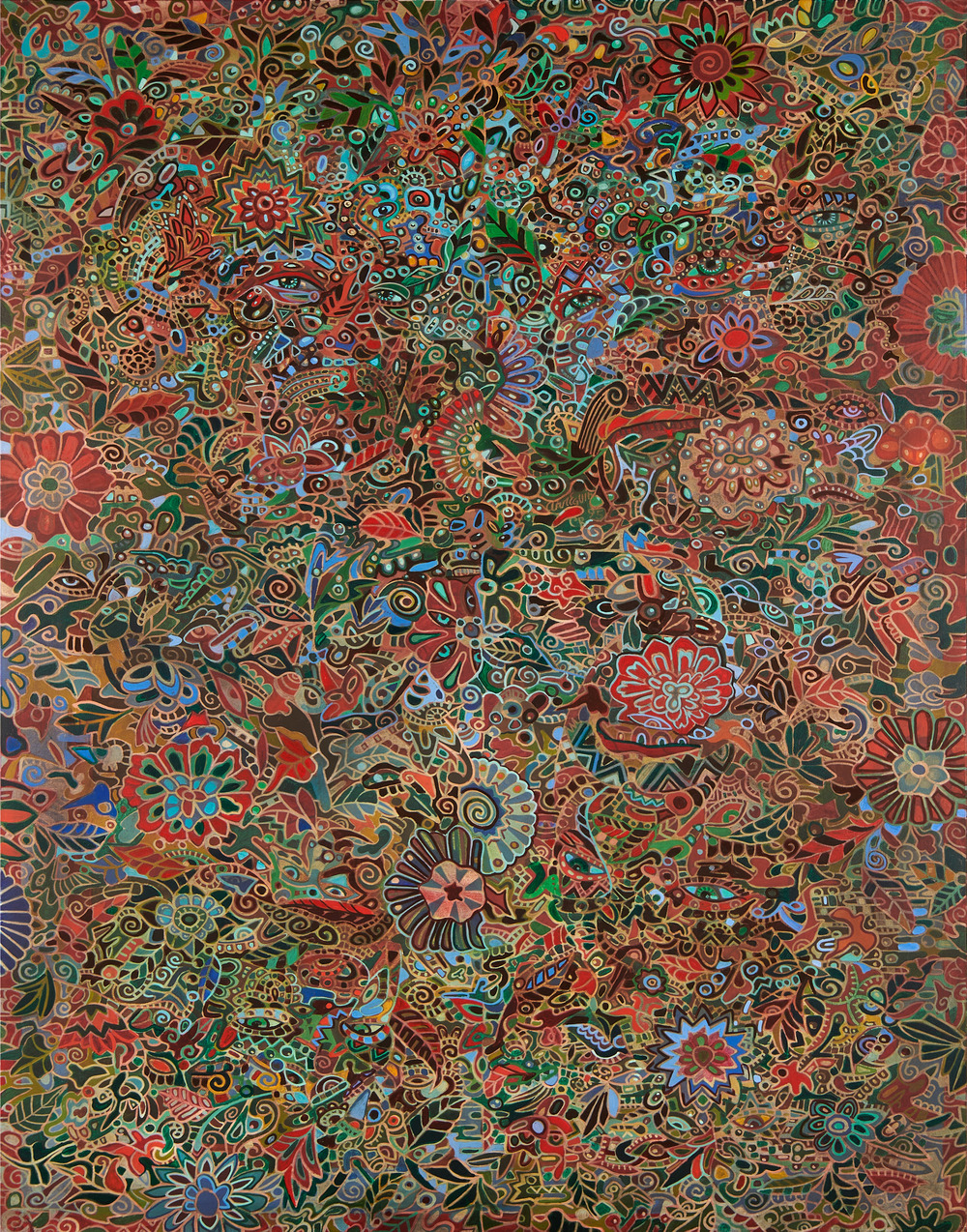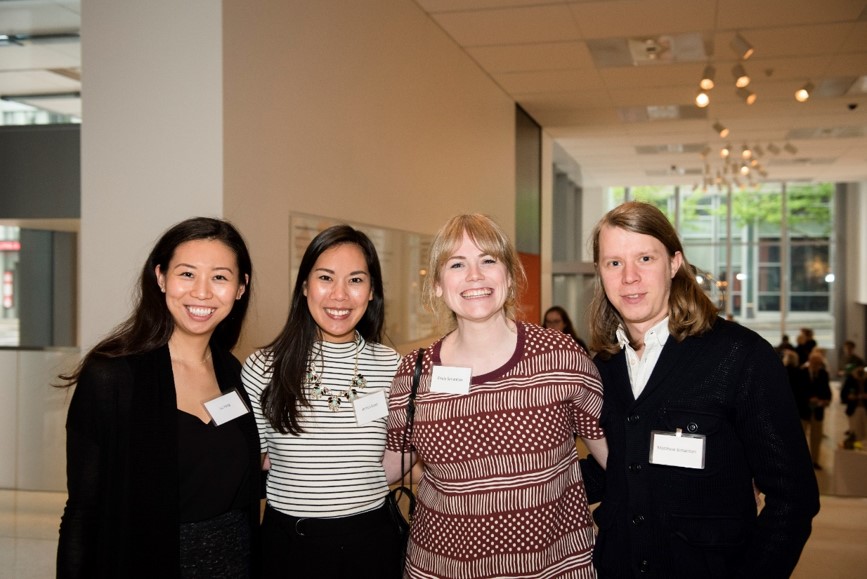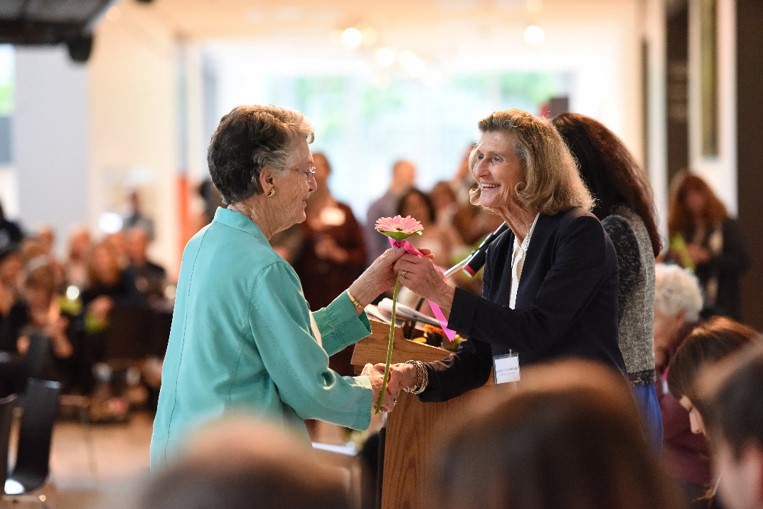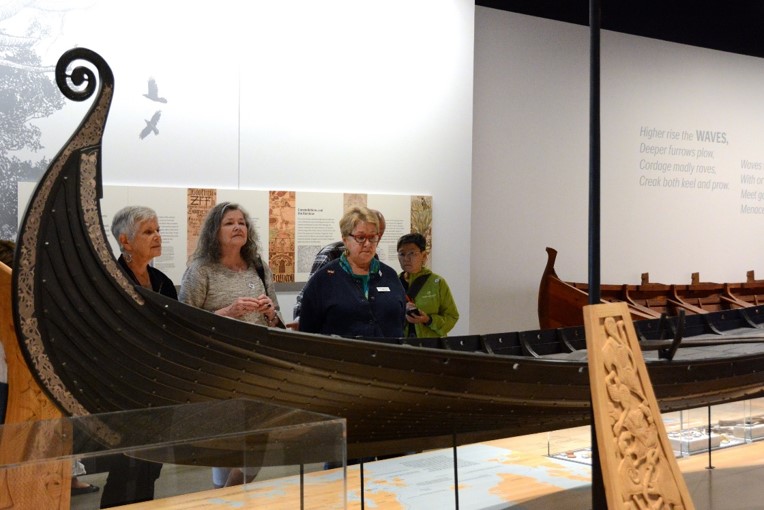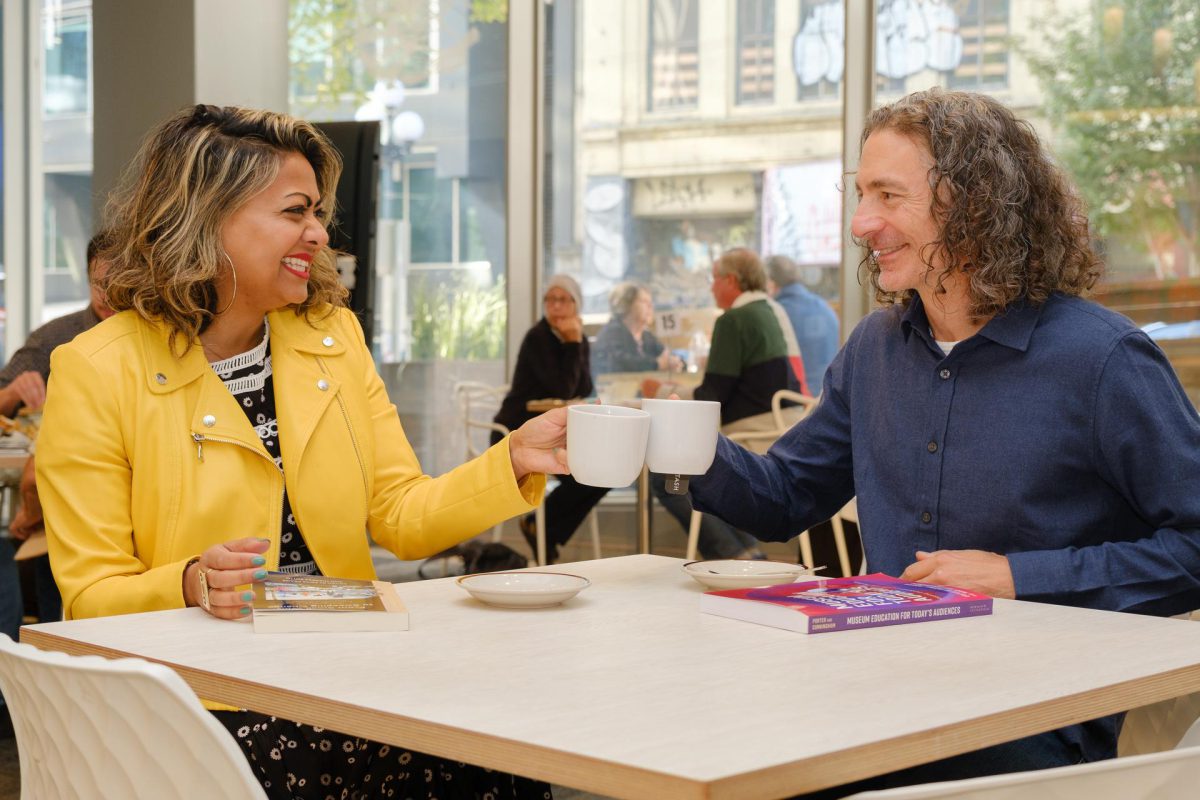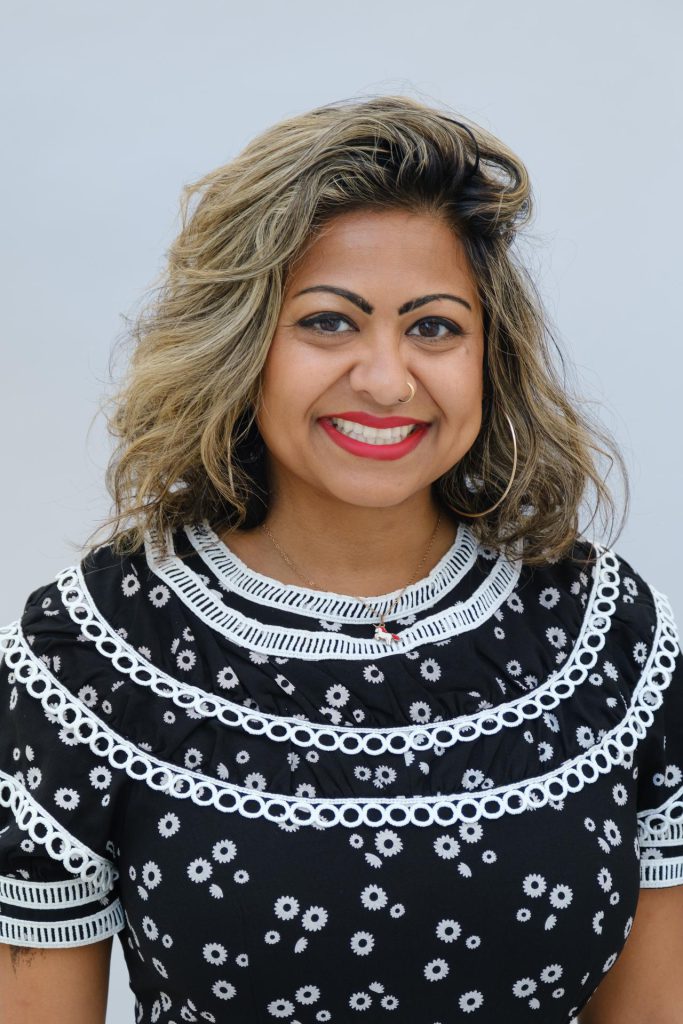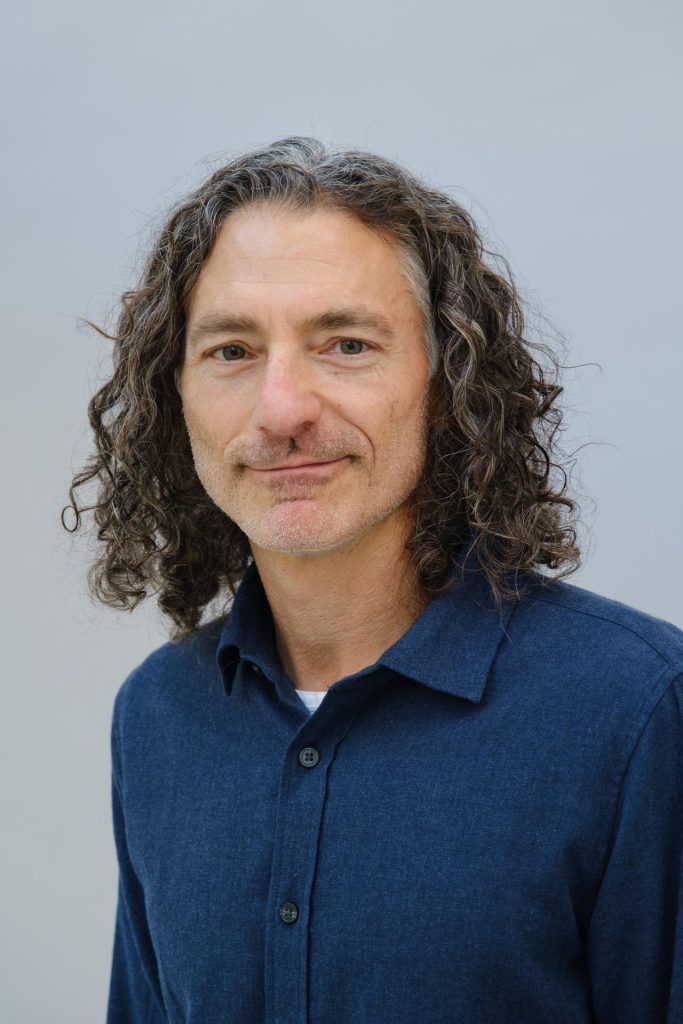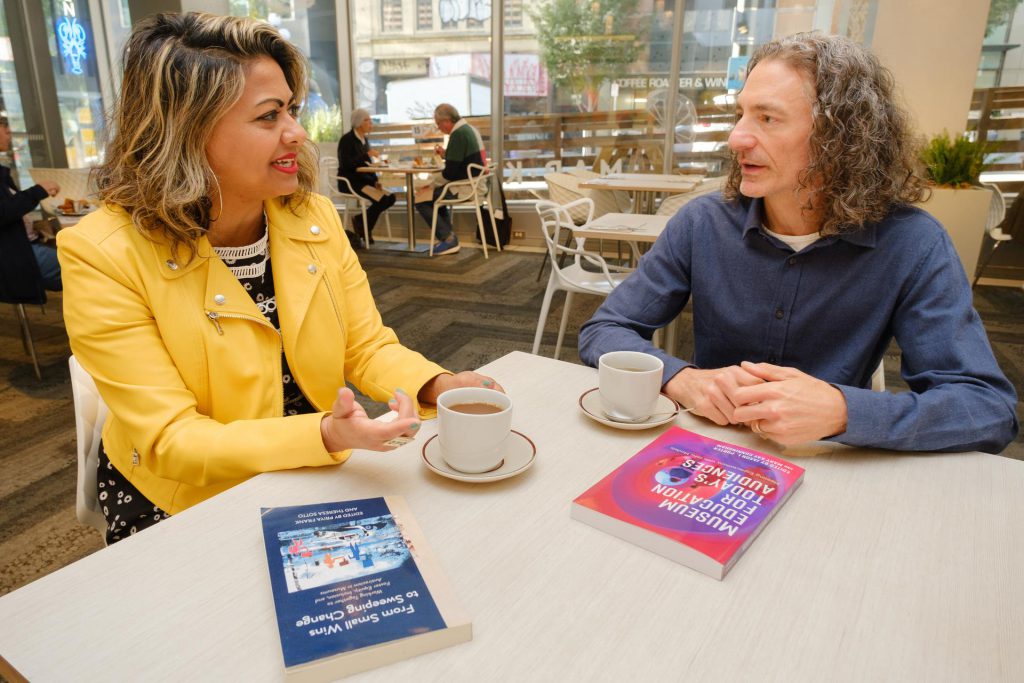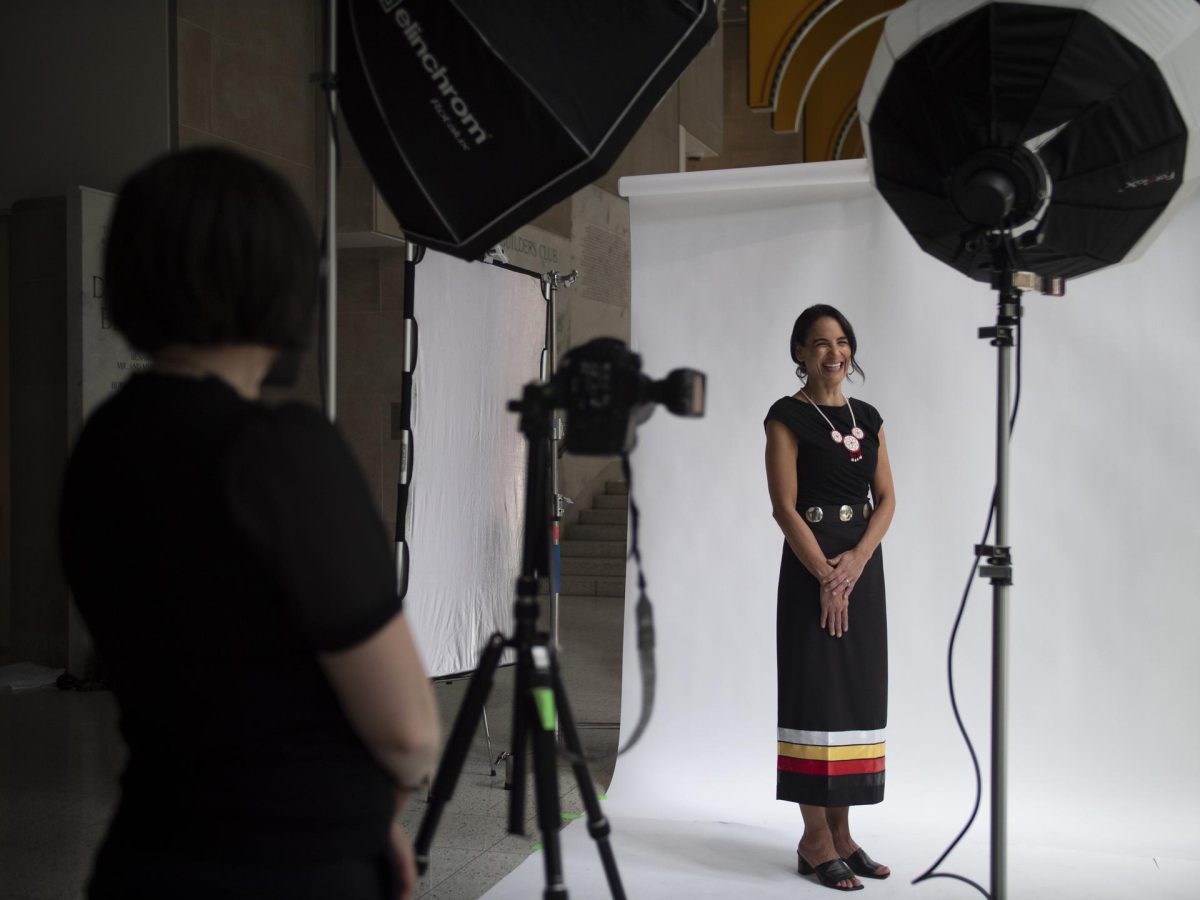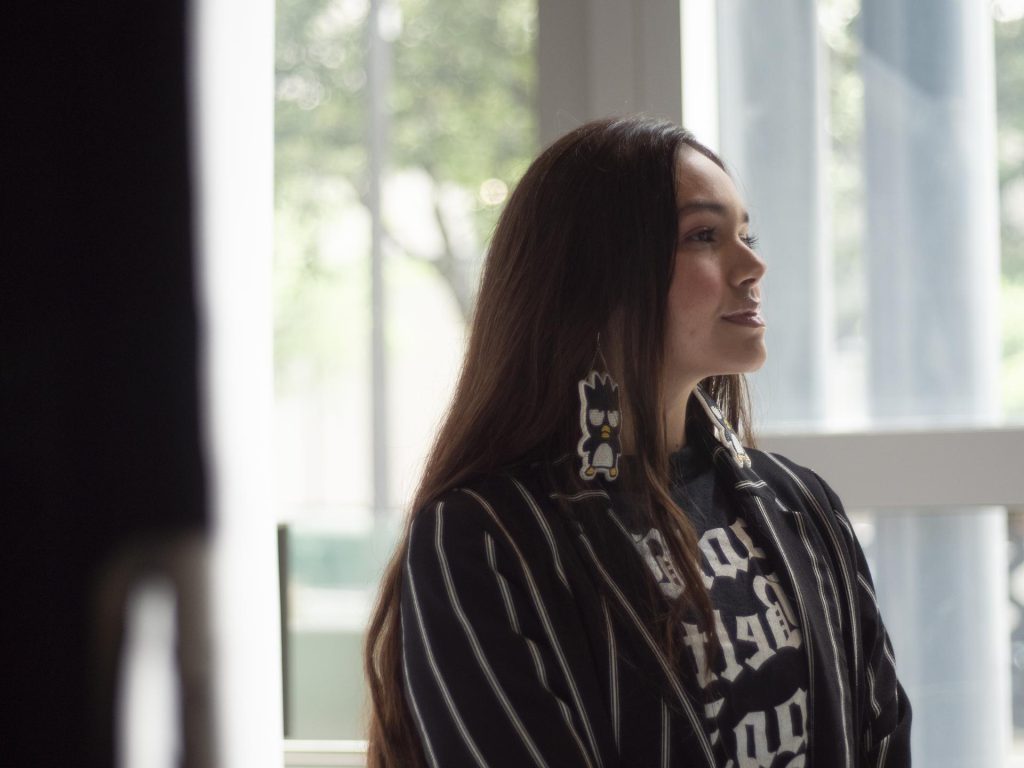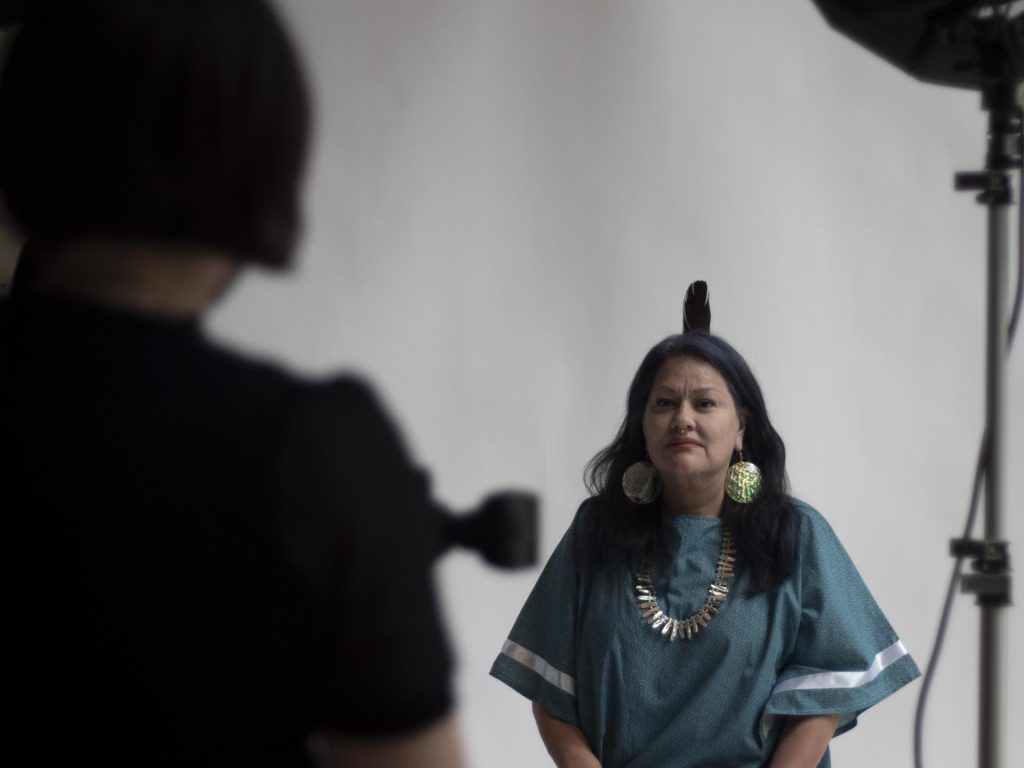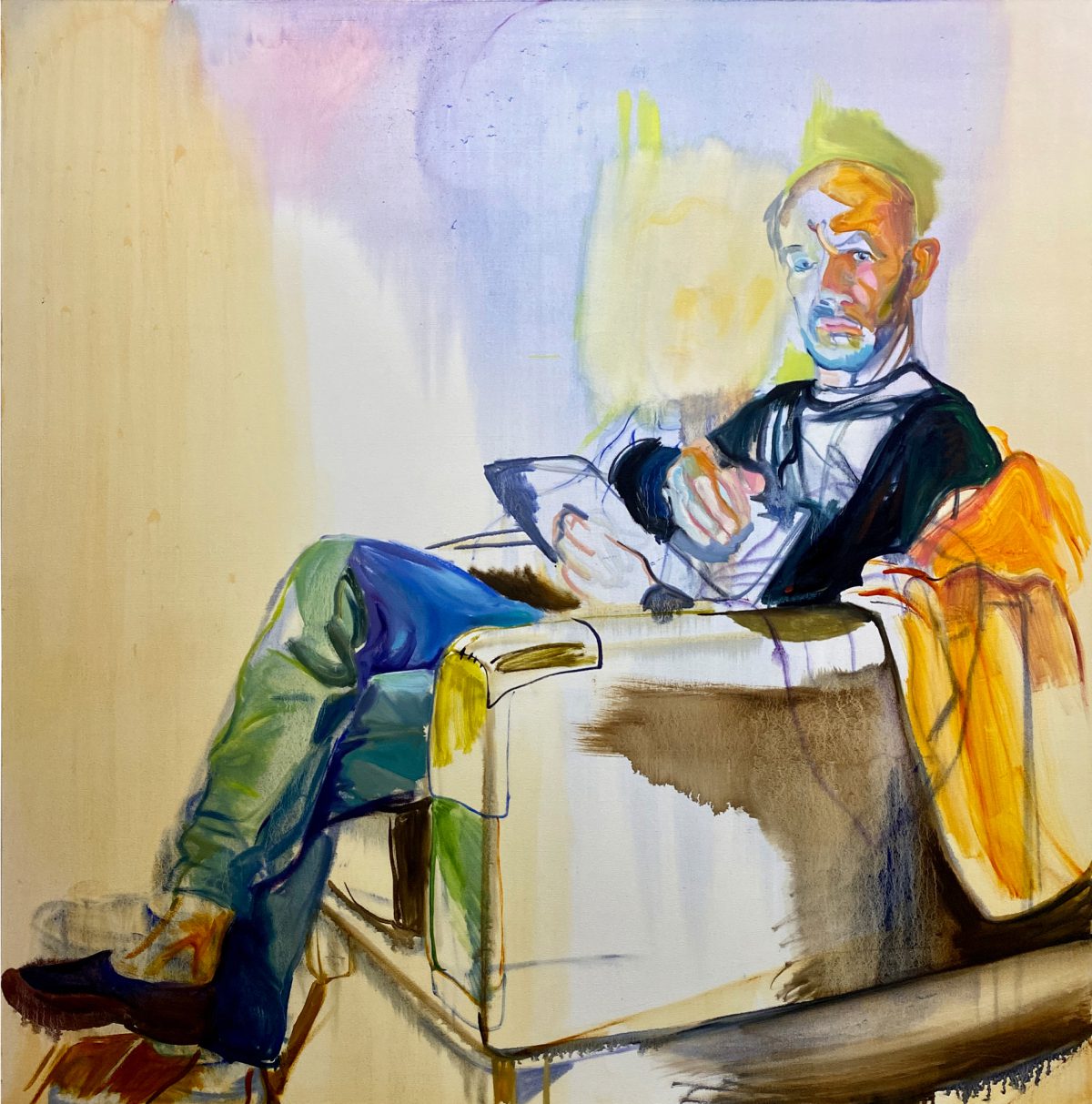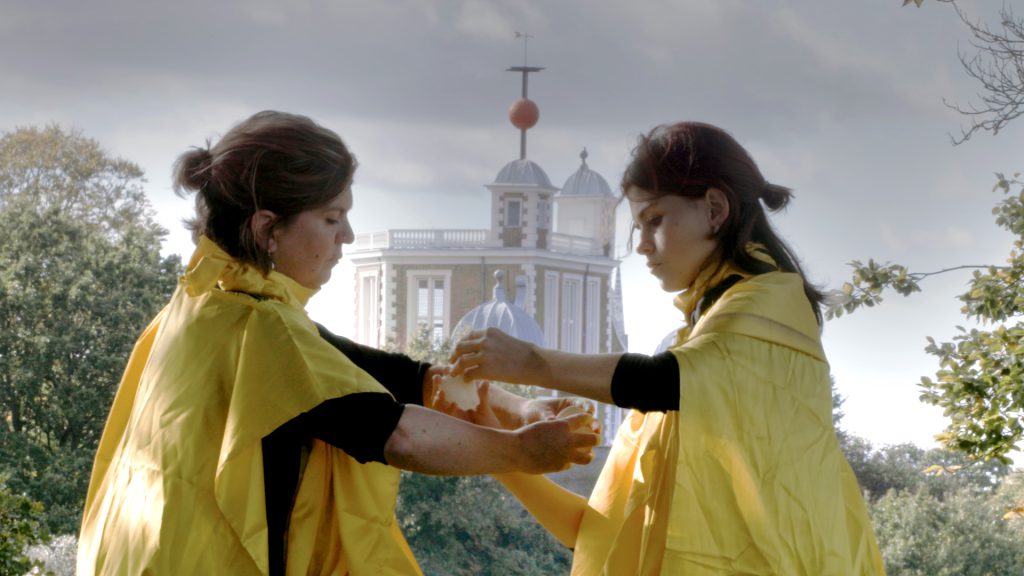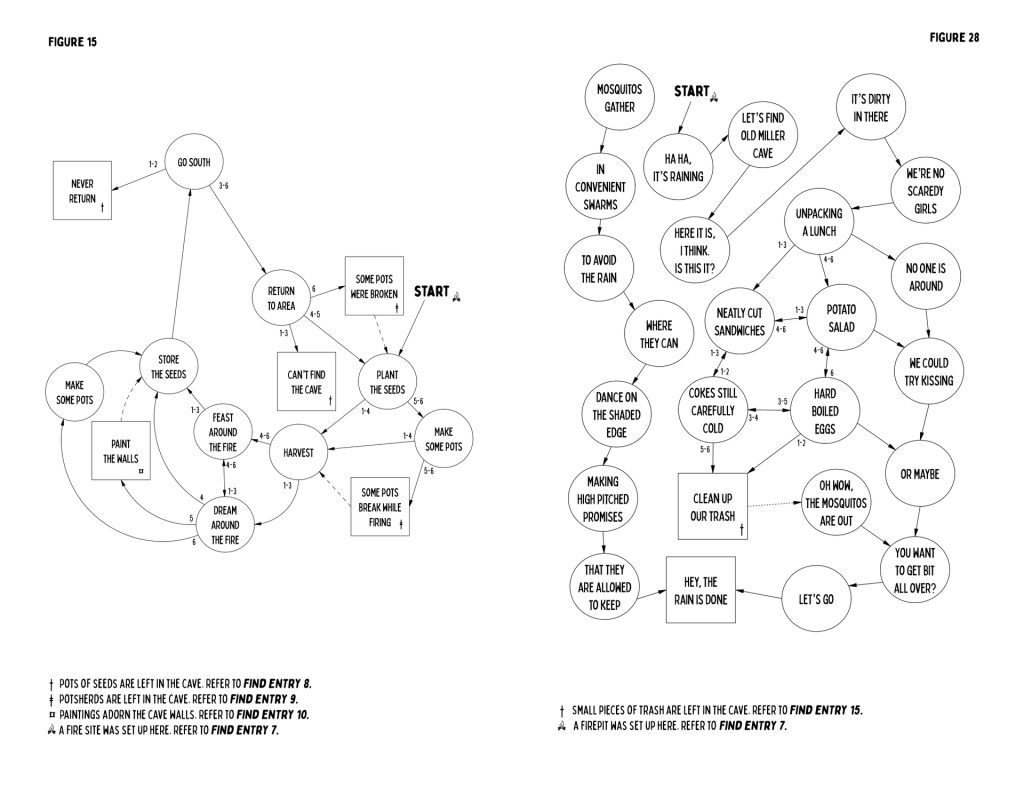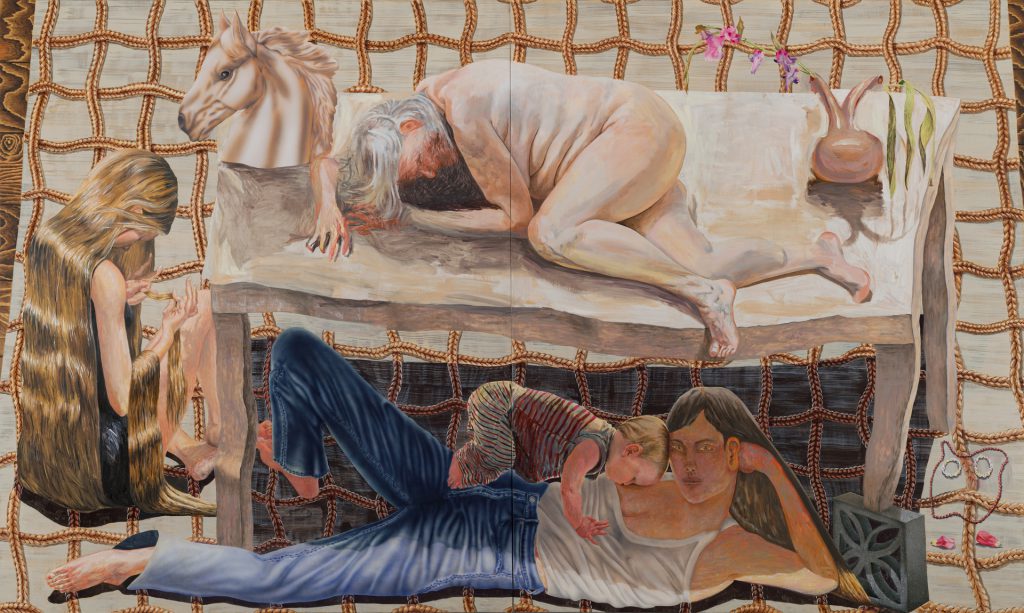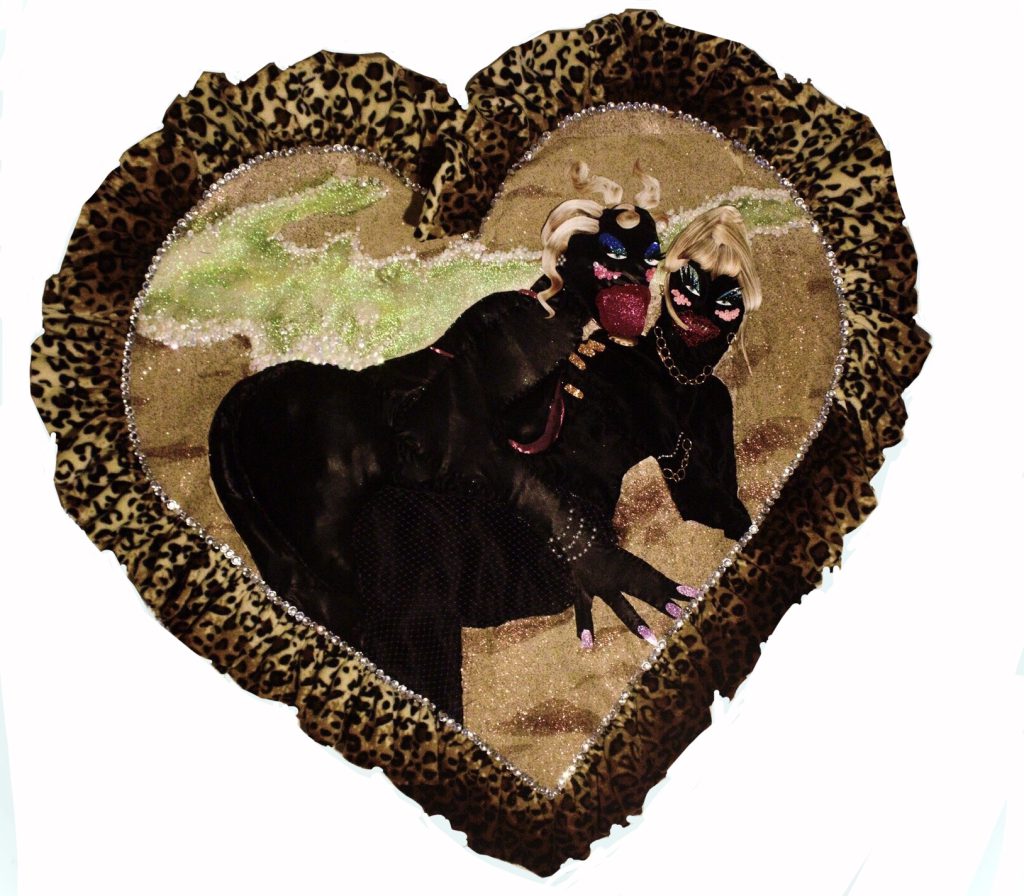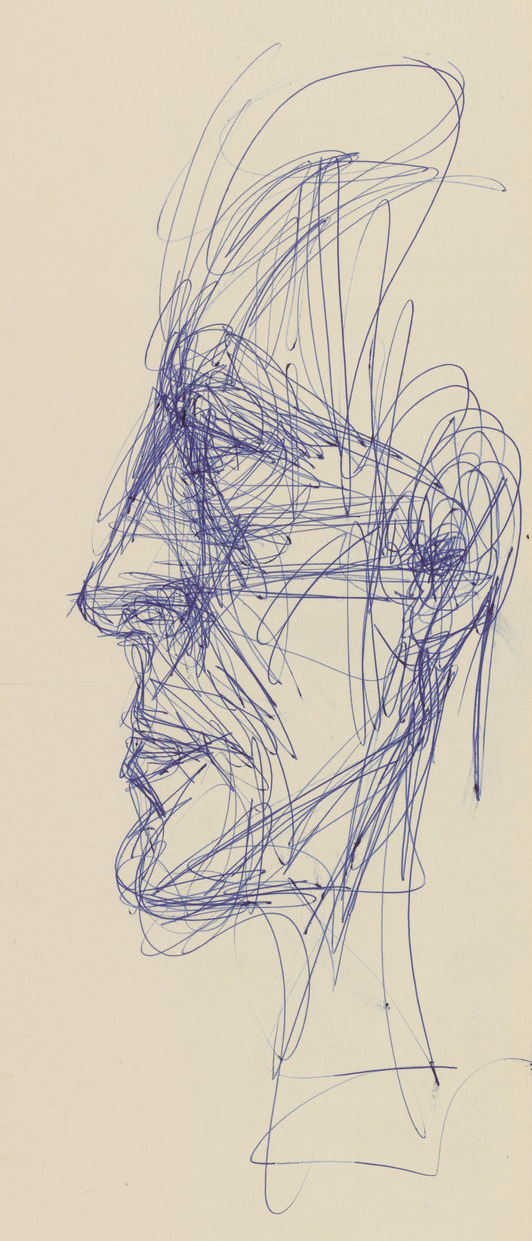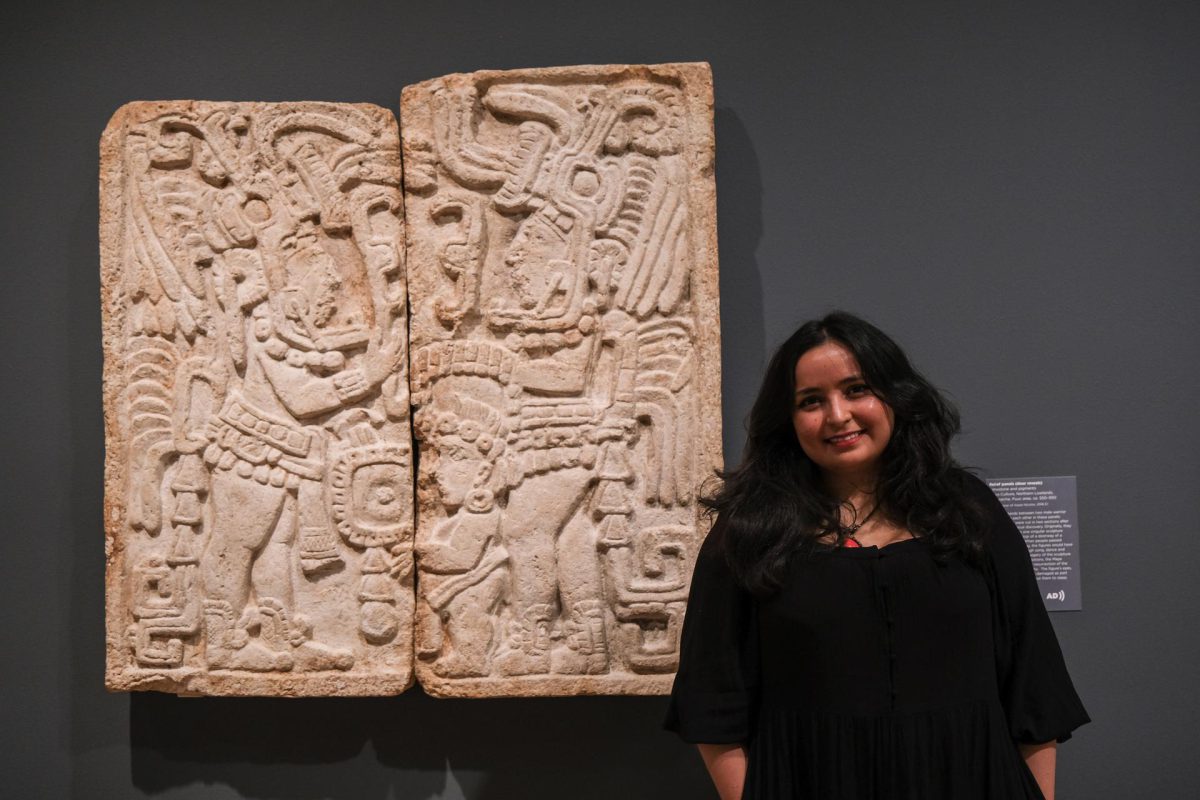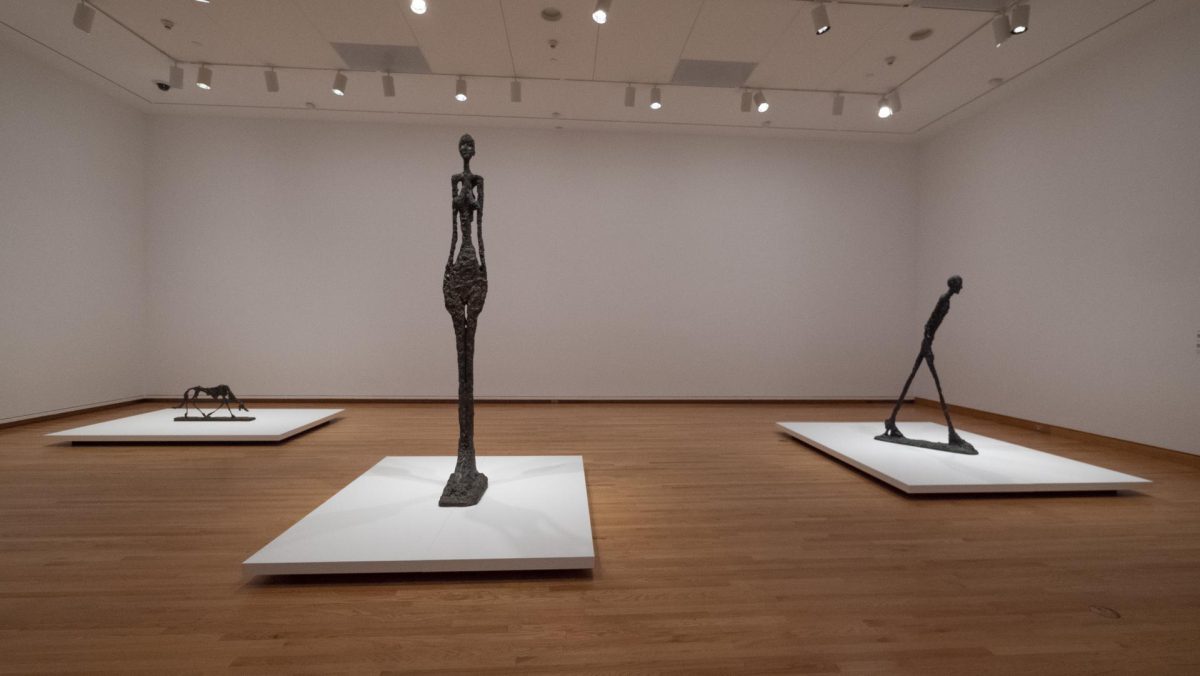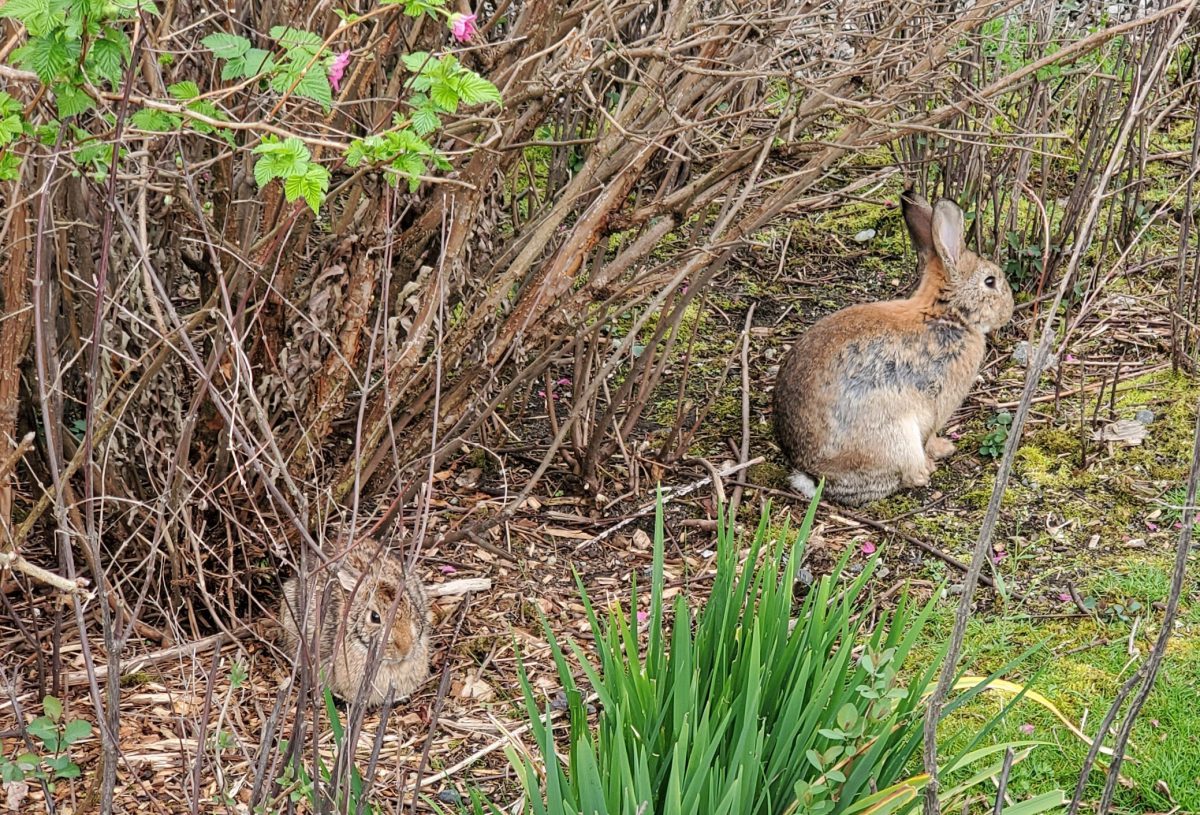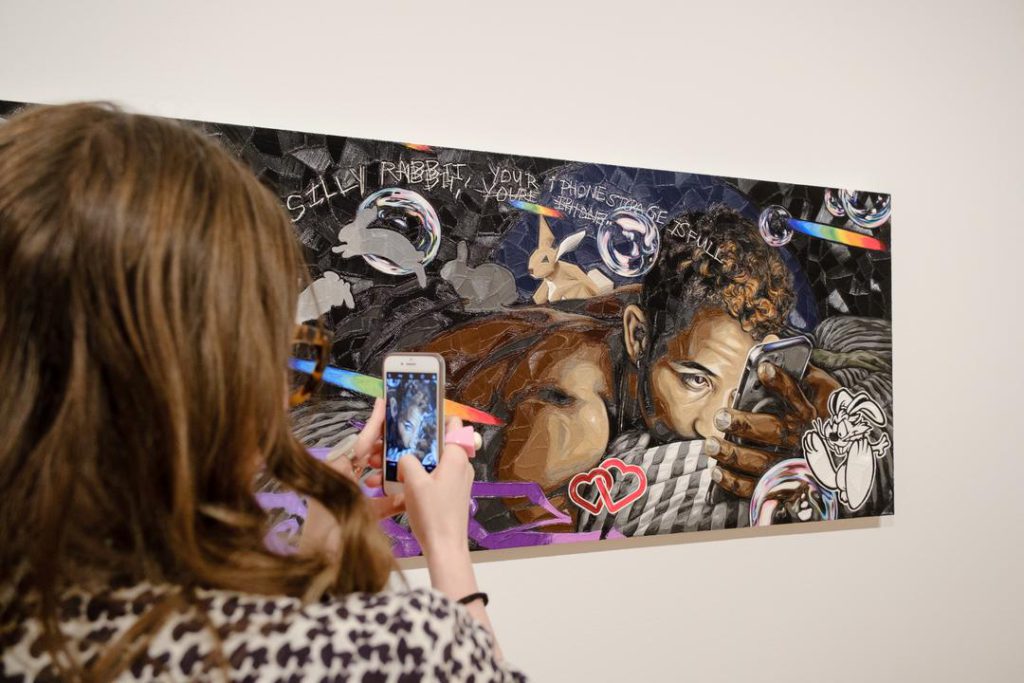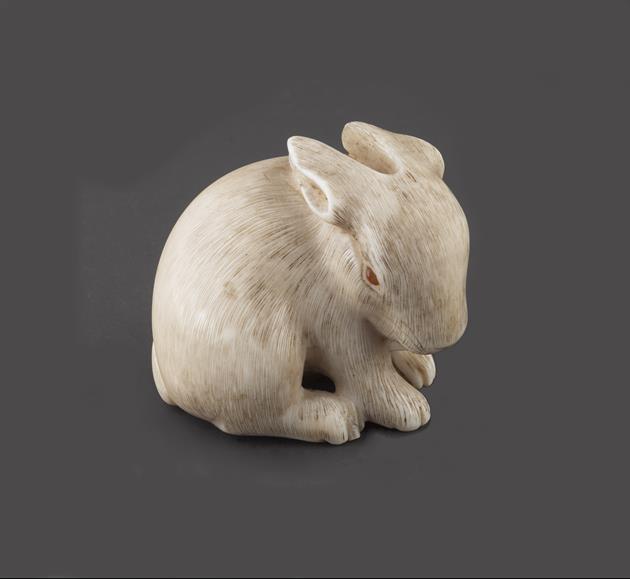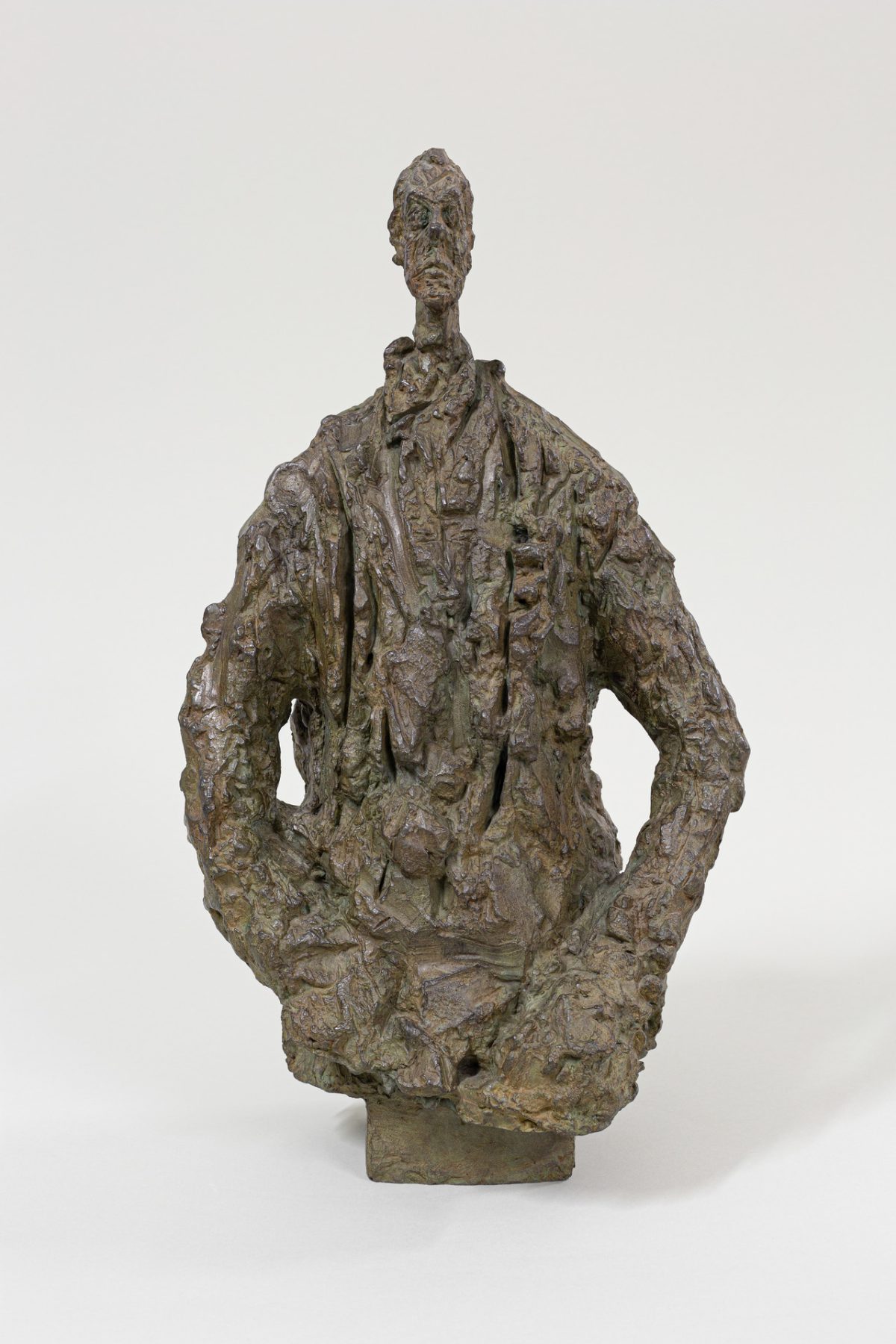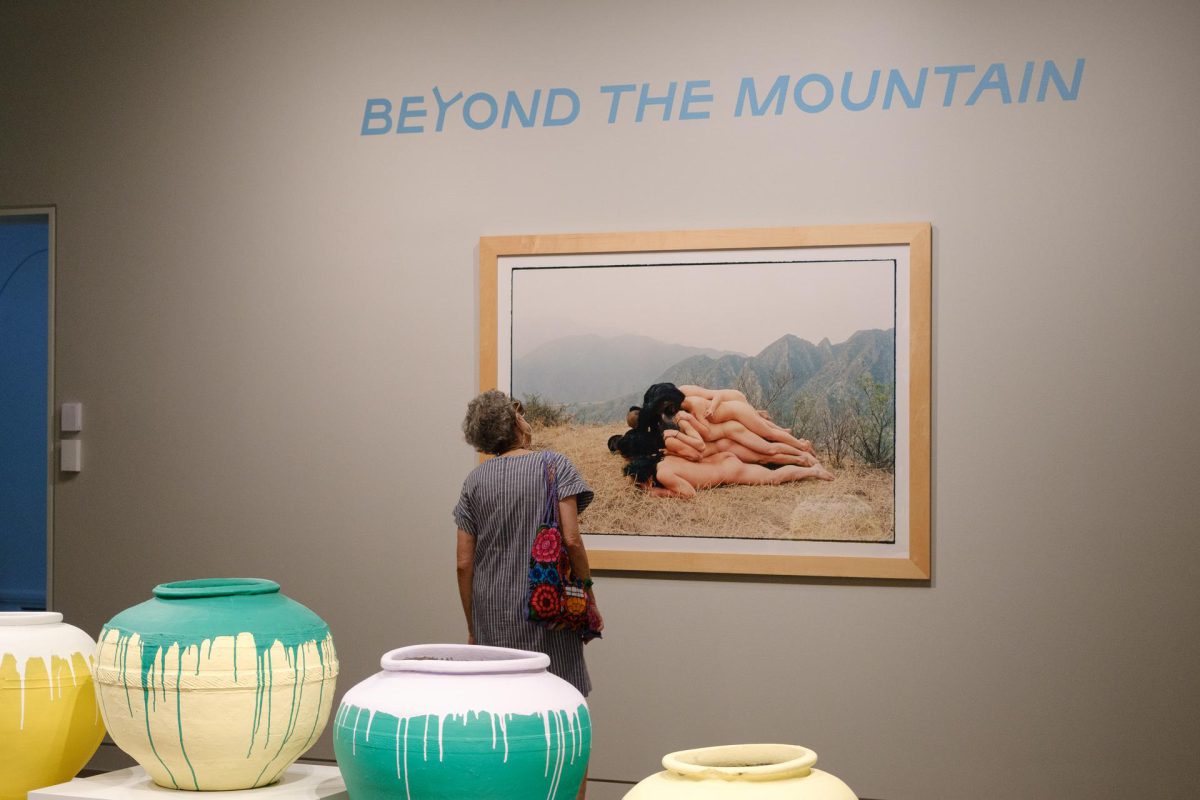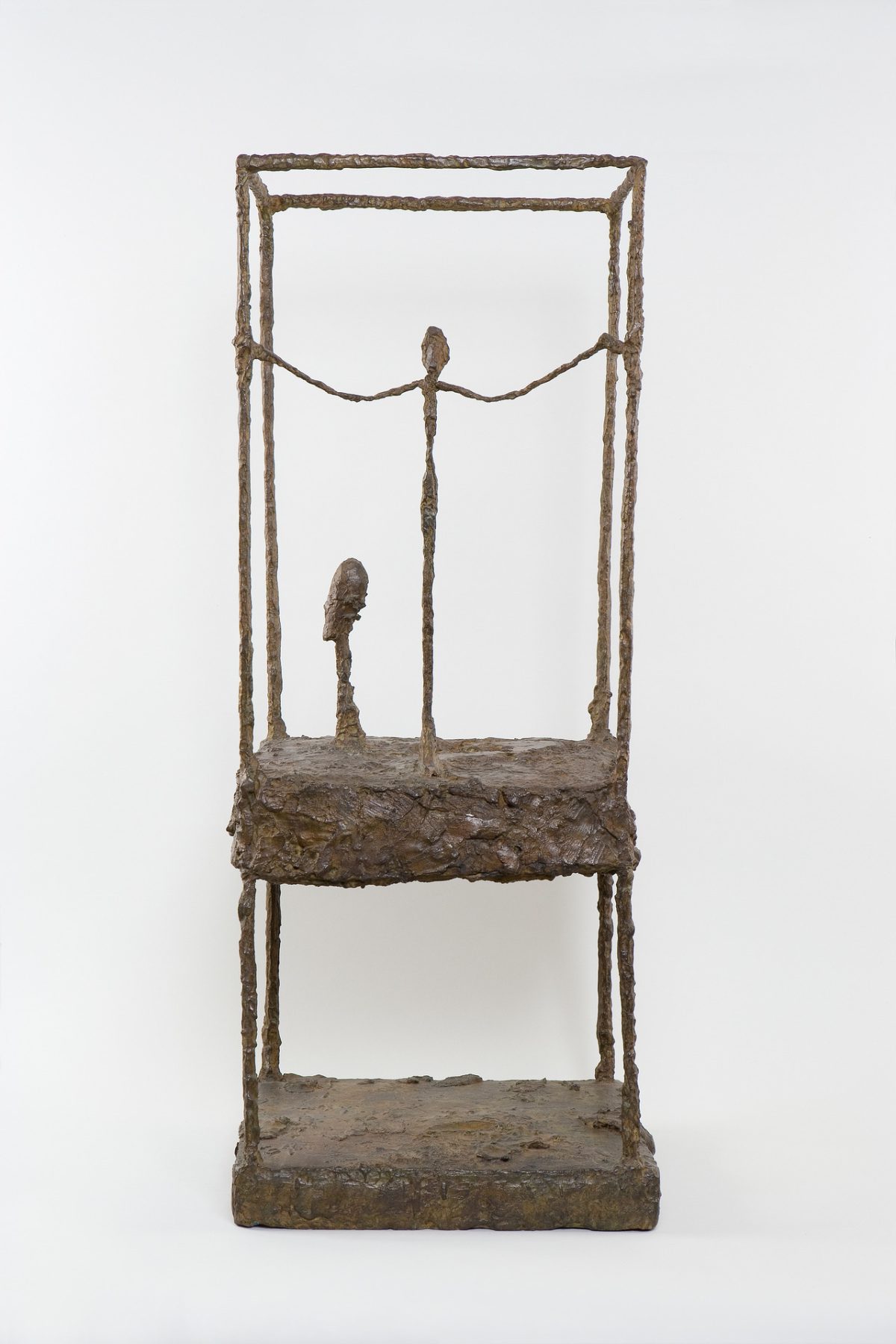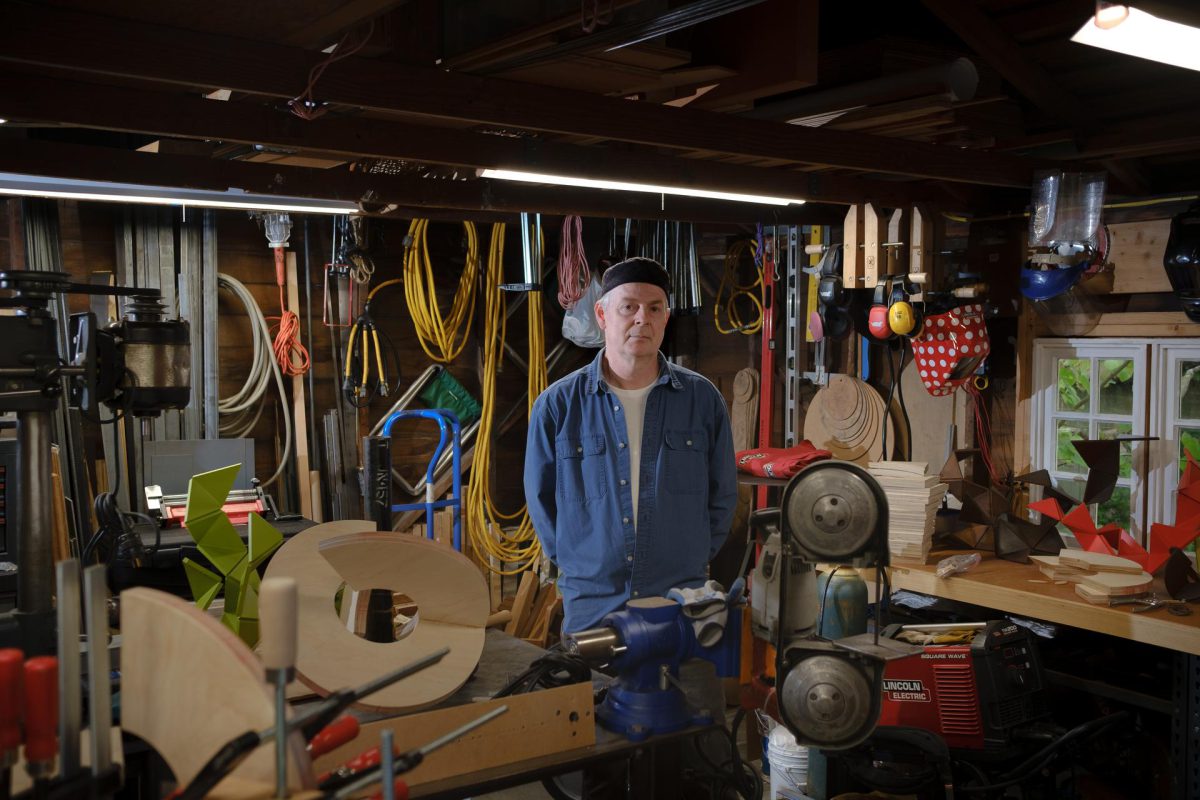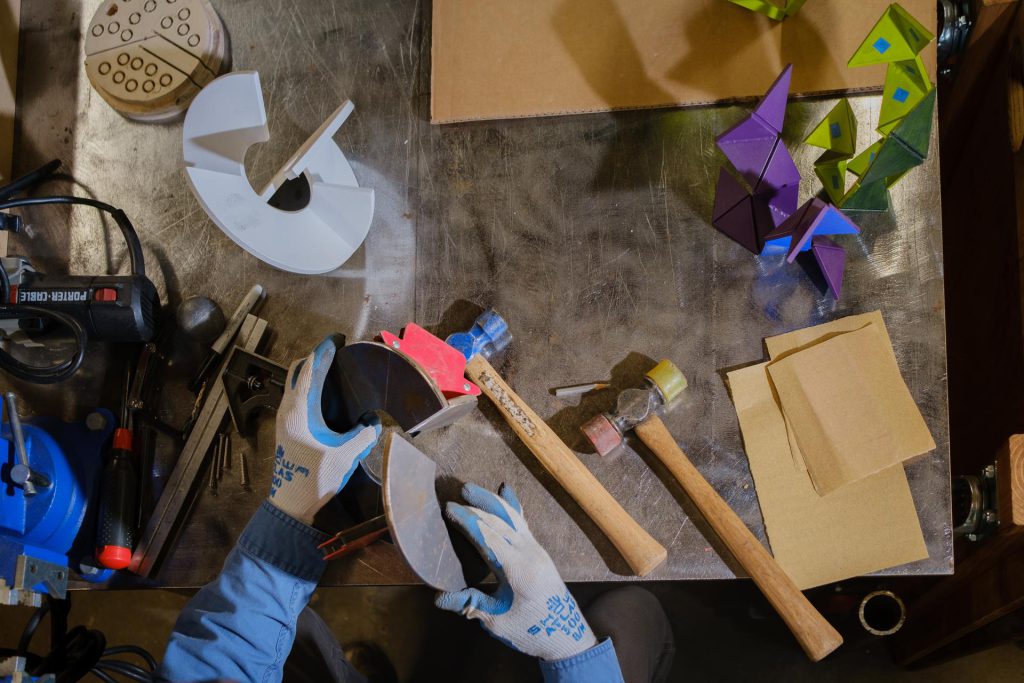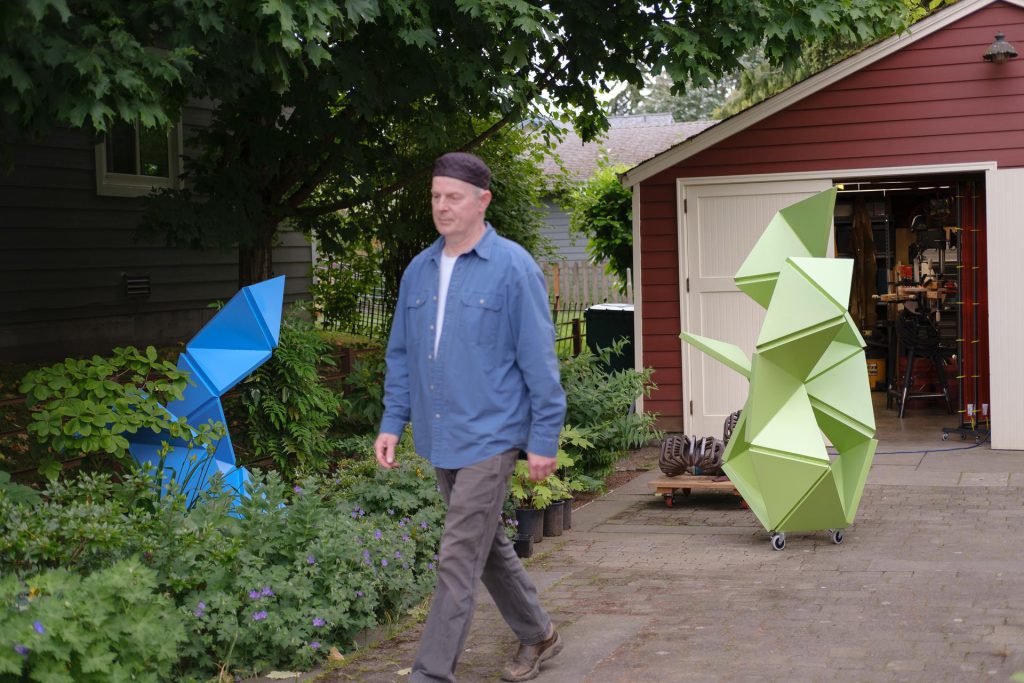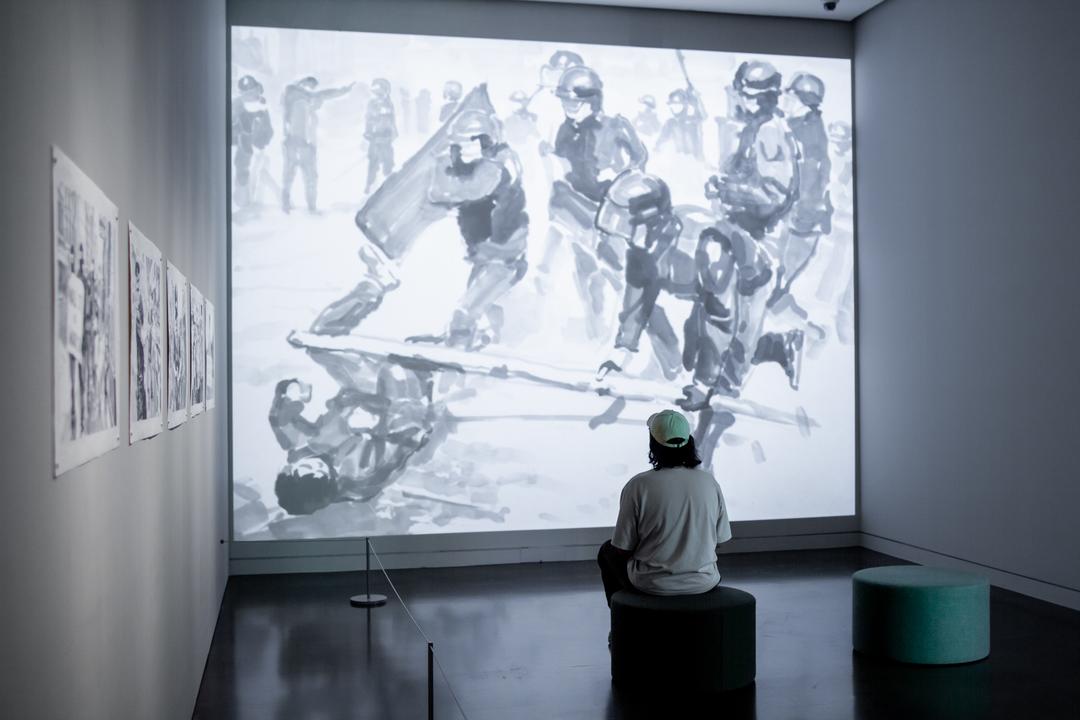Priya Frank, Director for Equity, Diversity, and Inclusion, and Jason Porter, Kayla Skinner Deputy Director for Education and Public Engagement, are both inspiring and passionate leaders at the Seattle Art Museum. But they have something new in common: they are both recently published authors of their first books! From independent publisher Rowman & Littlefield, their books explore topics related to their expertise of engagement and equity. Here, they talk about their books, the partners they worked with, and why they wanted to take on the daunting task of creating guidebooks for the museum of the future.
PRIYA FRANK: Jason, I don’t know about you but publishing my first book was intense! And so rewarding. Why did you want to do your book?
JASON PORTER: The idea for Museum Education for Today’s Audiences: Meeting Expectations with New Models came all the way back in 2016 during a phone call I had with my co-editor, Mary Kay Cunningham, when I lived in San Diego. We were both working closely with teams of museum educators and grappling with the challenges of training educators in the myriad ways we wanted them prepared to lead groups, hold space for difficult conversations about topics such as race and decolonization, and meet the needs of diverse learners. It had been more than a decade since a similar book of techniques, tools, and methodology had been published about museum education, so we thought it was time for a new one.
Our focus for this book was primarily on how current visitor needs and interests have shifted our thinking about creating programs, training staff, employing technology, serving diverse audiences, the labor of museum work, and evaluation. We sought out museum educators who had experiences in multiple disciplines, represented locations across the country, and served at various levels of responsibility and leadership to think about how their current practice reflected current audience needs. We invited these practitioners to share practical strategies, program examples, and innovative techniques that would provide museum educators with provocative ideas, resources, and tools to improve their work with audiences.
Phew! OK, tell me about why you wanted to do your book.
PF: I did it because I never imagined myself doing it. I didn’t know anyone else that had edited a book before, and it was something that scared and thrilled me at the same time. When Theresa Sotto (my co-editor) told me about the project and asked me to co-edit this book with her, I couldn’t say no! To have two women of color, daughters of immigrants, at the helm of something so potentially powerful was a draw that I couldn’t refuse. Also the field of equity, diversity, and inclusion obviously exploded over the last few years, and as a practitioner I wanted to capture this moment and recognize the work and people that are paving the way for museums of the future. That’s how From Small Wins to Sweeping Change: Working Together to Foster Equity, Inclusion, and Antiracism in Museums came to be.
But let’s get into the stuff they don’t tell you when you write your first book. What were some of the challenges in being a first-time editor or in editing this book during such turbulent times?
JP: I think the biggest challenge was time: having a full-time job, a family, being politically active, supporting friends and family during the stress of the pandemic, all of which had to be balanced with the required “butt in seat” time I need to read the chapters over and over again, communicate with authors and editors, and write two chapters ourselves. It was difficult at times. Plus, we had engaged (and gotten commitments from) authors in January 2020, so when the pandemic went into full swing, we had a number of people who’d lost their jobs or had to move home to take care of family members, and others who felt the topic of their initial article was likely to not be relevant to readers with museums closed and all sorts of programming on hold. Thankfully, we had a lot of support from our own families and from our authors, who found ways to pivot, graciously received our feedback, and met deadlines (mostly!) so we could pull the book together. But I think I will probably never do it again! What about you, what were your challenges?
PF: Saying yes to something you have never done before means you don’t know what you don’t know…until you are in it! One of the most difficult parts was realizing the inequities that are so entrenched in the publishing world. The amount of hours, labor, expertise, money, blood, sweat, and so many tears in trying to figure out how to do this without much support was disheartening. But it forced Theresa and I to figure it out, take on what we could, let go of what we couldn’t control and take it step by step. It brought us closer, and she will forever be someone that I treasure and hold as a dear mentor and friend.
JP: OK, back to the fun stuff. What topics or subjects were addressed in the book that you feel are highlights of the project?
PF: Gosh, I feel so connected to each section of the book in a different way, for different reasons. But the way in which we organized it feels like there’s a little something for everyone, and although museums are the focus, we intentionally wanted to make it accessible for folx working in other fields to also be able to find value in it as well. When we went through all of the proposals, the book began to organically emerge because we ended up with proposals that related to five different areas, and that’s how we organized the book. I think what’s beautiful is that this book offers a range of learning about how different groups have approached their DEAI work and how it’s truly the small steps that lead to big change. And we centered the voices of BIPOC museum professionals, which has not been done before. Because we are the ones most often catalyzing real change!
What were the highlights for you?
JP: The field of museum education is reckoning with how to remain relevant in light of rapidly shifting demographics of audiences, competing leisure-time activities, and the expansion of virtual learning formats and digital tools. Perhaps more importantly, as institutions that people trust to tell the truth, we feel called to create learning experiences that acknowledge and respond to the urgent issues of our times—racial justice, climate change, migration, issues of equity and access—and to use our established collections and formats to do so.
Some of the ways these ideas are addressed in our book include Melanie Adams’s and Kayleigh Bryant-Greenwell’s chapter about Critical Race Theory as a guidepost for museum programming. The chapter offers an approach for educators working with communities and wondering how to make museum work relevant and centered in lived experiences for BIPOC audiences. Similarly, Teresa Valencia’s chapter makes a case for cultural competency as a central museum education tool in working with communities. Beth Redmond-Jones’ chapter touches on issues of museum access for neurodivergent visitors, and Jayatri Das’s and Mikey Maley’s chapter provides a variety of ways for educators to think about brain science and learning in creating museum programs.
Ultimately, the ways we educate within and beyond the museum setting have evolved in response to knowledge of how our audience learns, human development, and societal transformation. Museum education is no longer monolithic, with a typical tour or classroom activity as the sole methodology that facilitators use to engage visitors. Our book tried to grapple with many issues that reflect a field in transition and start the conversation among educators about how they can incorporate these ideas in their own settings.
I think a lot of this will relate to my next question… In 2020, lots of museums made commitments toward racial justice and Black Lives Matter. How did your book respond to this and the other crises in the field?
PF: I feel like this book is almost like a time capsule of what has happened over the last few years in terms of equity work in museums. Many of the stories told were things that were in place prior to 2020 but were activated and grown after summer 2020. And it’s fascinating to see the approaches that different museums took and the care with which staff mobilized from all positions of power in an effort to make change happen from where they were. That is reflected throughout the book and is represented through efforts written about by the Discovery Museum, the Pacific Science Center here in Seattle, and the National Gallery of Art. The book also recognizes the challenges of this time, the tensions of power dynamics, structural and institutional inequities that can slow growth and progress, and the toll that it has taken for the staff that are taking on this work, many of them being BIPOC staff (this book is 60% BIPOC authorship).
What about you?
JP: Because of the timing of our book’s publication schedule, we were in the writing stages with authors at the beginning of the pandemic and into the summer of 2020. We had some difficult conversations during that summer about whether we should pull the plug on the project completely, ask for an extension to reevaluate the chapter topics, or simply press on. We wound up making the case to the publisher that we needed to give the authors more time to incorporate what was happening in the world into their chapters. Many were already talking about racial justice, but after that summer, the role of museum work having a role in anti-racism emerged more pronounced in their chapters. Additionally, many authors pivoted toward talking more about the digital techniques they were using during the pandemic to remain connected to their audiences and about the labor and equity issues that educators were facing as museums made financially-based decisions to cut or furlough staff.
Now with the book published, I’m thinking about how the experience of working on this book will influence our work at SAM. What do you think?
PF: It’s incredible to see how it already is! The beauty of being a co-editor is reading each chapter multiple times over so the lessons stick with me. When I’m thinking through a situation I’m struggling with, inevitably my mind comes back to the book and the thoughtful ways that the authors are doing the work from where they are. I also now have a powerful built-in network of change-makers in museums all over the country! That is truly priceless. We might all have different approaches, but our values align. I’m also fortunate that the book is a platform and tool to start accessible conversations about what equity work tangibly looks like.
How about you? How do you think your experience will impact your work here?
JP: The best part of being an editor for a group of authors is that you spend a lot of time immersed in their ideas. Like any other reader of this book, I was provoked by the authors’ ideas to reflect on my own practice and question my own thinking about museum education. For example, there’s a chapter about a partnership between an art museum and a medical school which has inspired me to think about ways that SAM might serve trainees in health care fields as well as a chapter encouraging educators to think expansively about professional development, which has provided me with a number of ideas that I try and implement with my team. Mostly though, and I say this with humility, the experience of working on a project like this (similar to any public sharing of your work or your ideas) can boost your confidence and provide you with the sense of accomplishment that can buoy you in the midst of your imposter syndrome or the tough moments when you feel stymied. I keep a copy of the book on my shelf, not to show it off during Zoom calls (okay, not ONLY to show it off during Zoom calls!), but to remind me that someone thought enough of my knowledge of this work to support me in writing a book about it, so I must know something! And at SAM, where everyone works so hard and so passionately, it’s nice to have something tangible to put my hands on when I could be wringing them in exasperation, to remind me that I, too, have something to say.
Image: Alborz Kamalizad.
